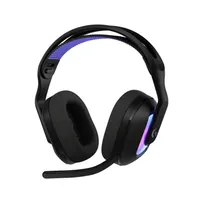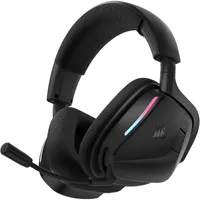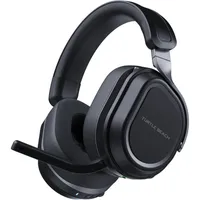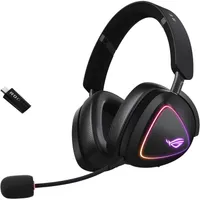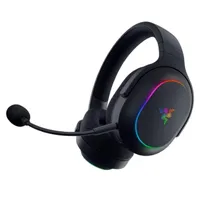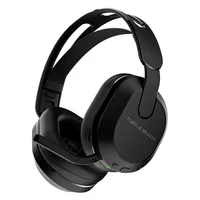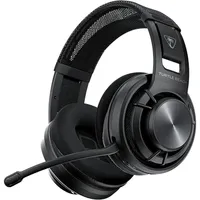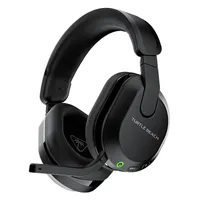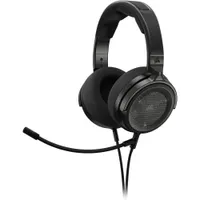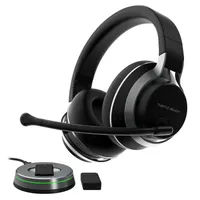The best Xbox Series X headset: here's why the SteelSeries Arctis Nova Pro Wireless still reigns supreme in 2025
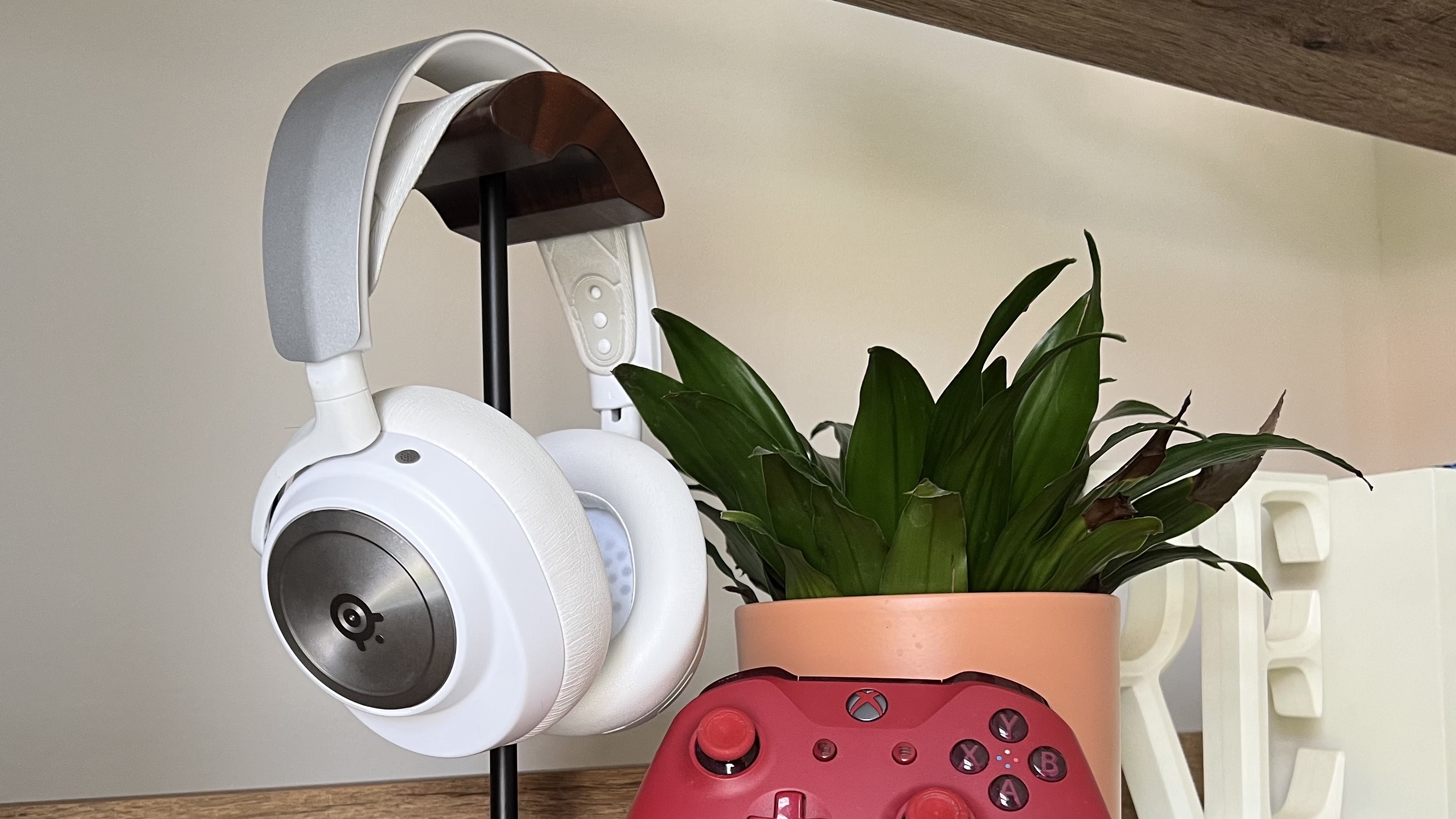
After all this time, the best Xbox Series X headset is still the SteelSeries Arctis Nova Pro Wireless. This is a premium headset that's had its fair share of competition in the three years since it first hit the shelves, with Turtle Beach, Razer, Corsair, and Logitech all taking aim at the top spot.
Its versatile features, powerful audio, and enduring comfort have managed to fend off these attacks, though.
Who's competing with it? Only the rest of the best gaming headsets of the last couple of years. Razer has flagships in the BlackShark V3 range, Corsair wants its Virtuoso Max Wireless to sit next to your console, and Logitech's Astro A50 X actually gets close to the target.
Nothing quite offers the full package of the SteelSeries Arctis Nova Pro Wireless, though - and now that this beast is seeing discounts more and more frequently it's getting even tougher to recommend anything else.
Of course, this is still a $300 device day to day and it's only going to make sense for those going all out on an investment. Thankfully, SteelSeries has left some (though not all) price brackets up for grabs, with Turtle Beach swooping in to offer the best budget Xbox Series X headset we've tested and Logitech taking a slight lead in the hardcore multiplatform territory.
We're constantly pitting new options against the Nova Pros (and SteelSeries itself has a premium Elite model heading our way at the moment), and you'll find all the fruits of that labor just below.
The quick list
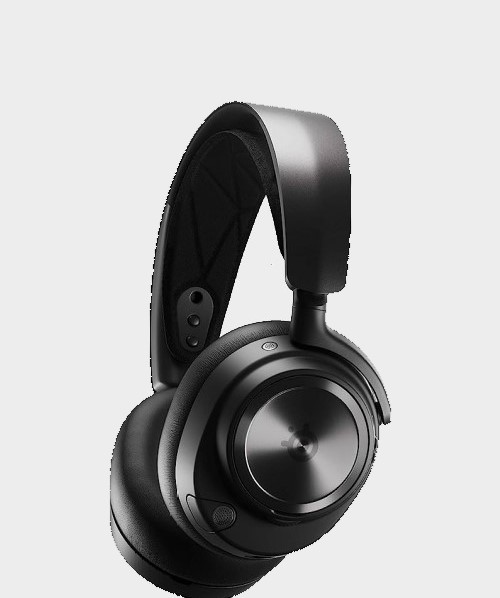
This is SteelSeries' flagship, and its beaten out every other high-end release we've tested to stand tall as the best Xbox Series X headset on the market right now. We're talking powerful audio, hot-swappable batteries, easy EQ adjustments, and dual wireless connectivity - all for less than some competitors.
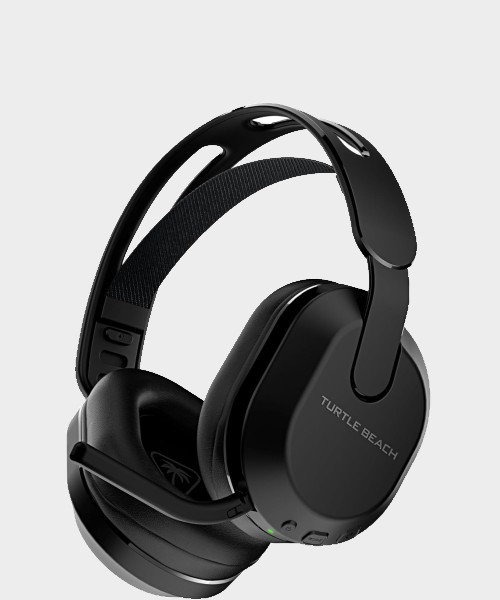
Recent discounts mean the wireless Turtle Beach Stealth 500s are now in the same price category as budget wired options. That's far better value compared to budget options like the Razer BlackShark V2 X and Logitech G335, which stick to a tethered connection.
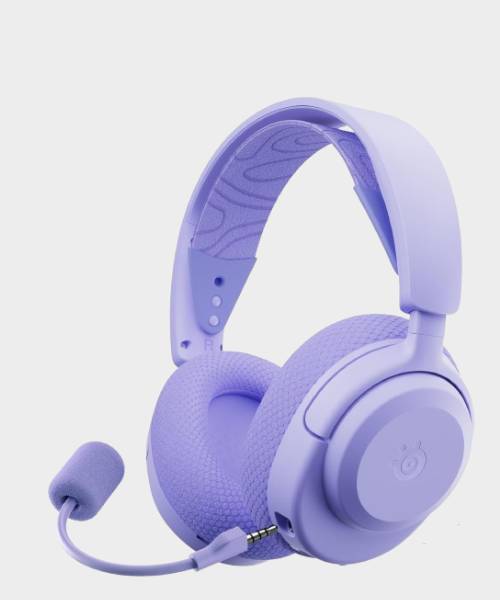
Well well well, SteelSeries is back in the best value category. The Arctis Nova 3X Wireless is just a hair over $100 but still offers the pedigree audio of more expensive sets as well as a massive library of over 300 EQ presets.
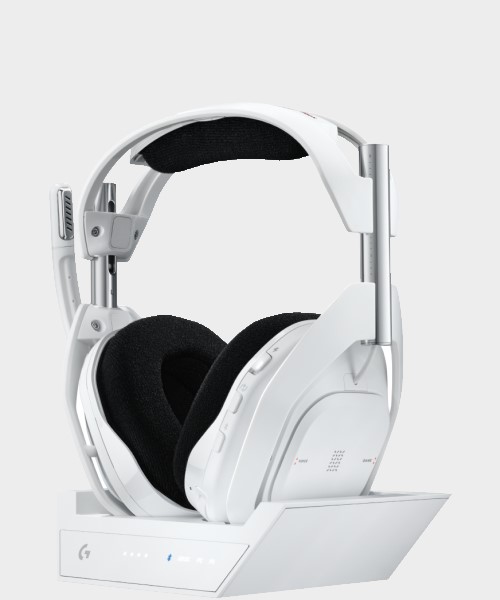
The Astro A50 X is a direct competitor for the Nova Pro Wireless, but it only exceeds SteelSeries' option if you're a die-hard console hopper. A built-in KVM switcher means this is the best multiplatform Xbox Series X headset, but that comes with its own sacrifices elsewhere.

Gaming headsets have been glued to my head even longer than I've been reviewing them during my time as a gaming tech writer. Having a pair with great audio quality, a high-end mic, customization options, and that provide the highest echelons in comfort is of utmost importance if you spend a lot of time gaming, but it can be hard to pick the right ones. That's why nothing pleases me more than using my experience, and music audio background, to help put you in the right direction when it comes to the best headset for your Xbox Series X.
The best Xbox Series X headset overall
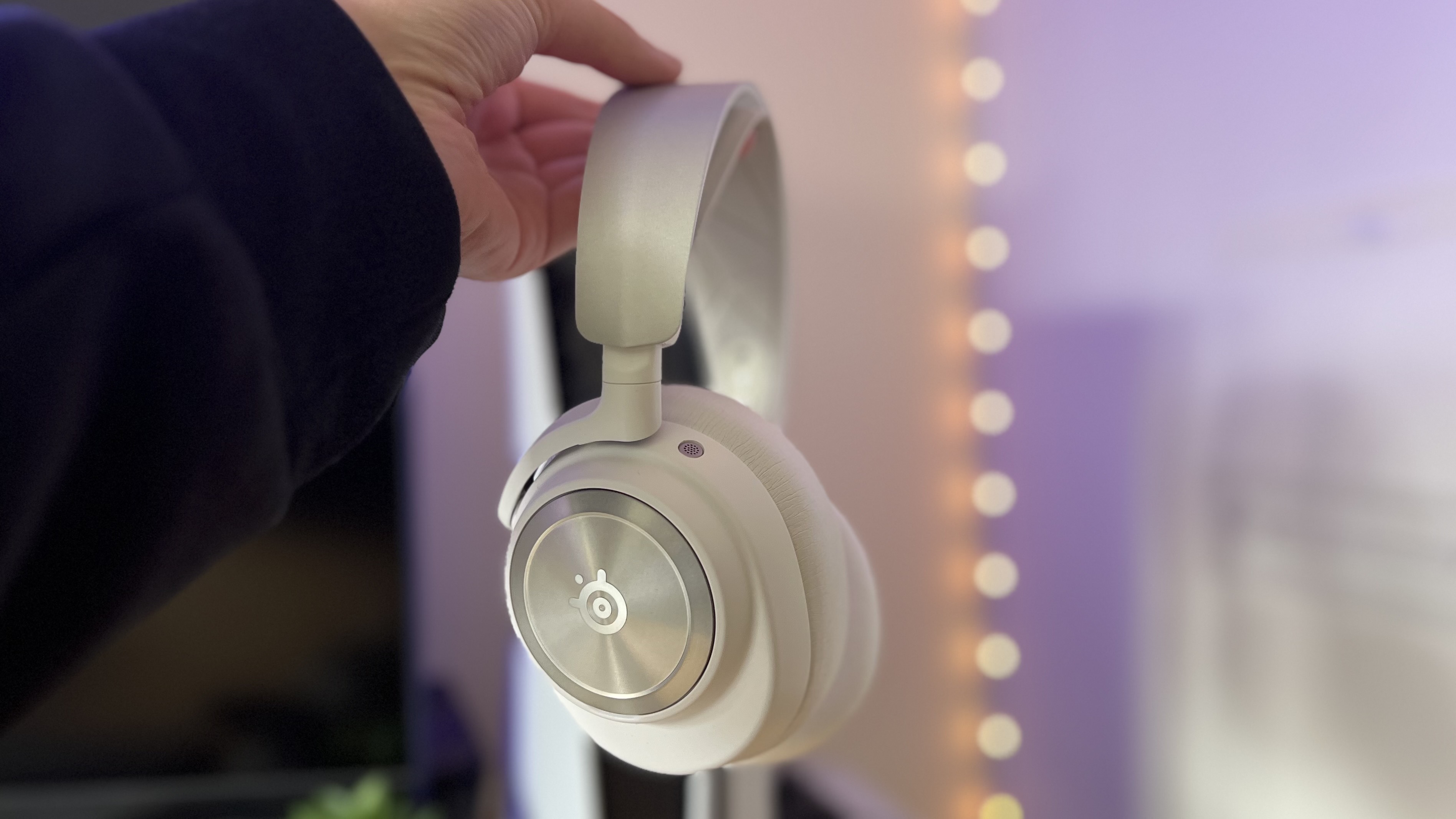
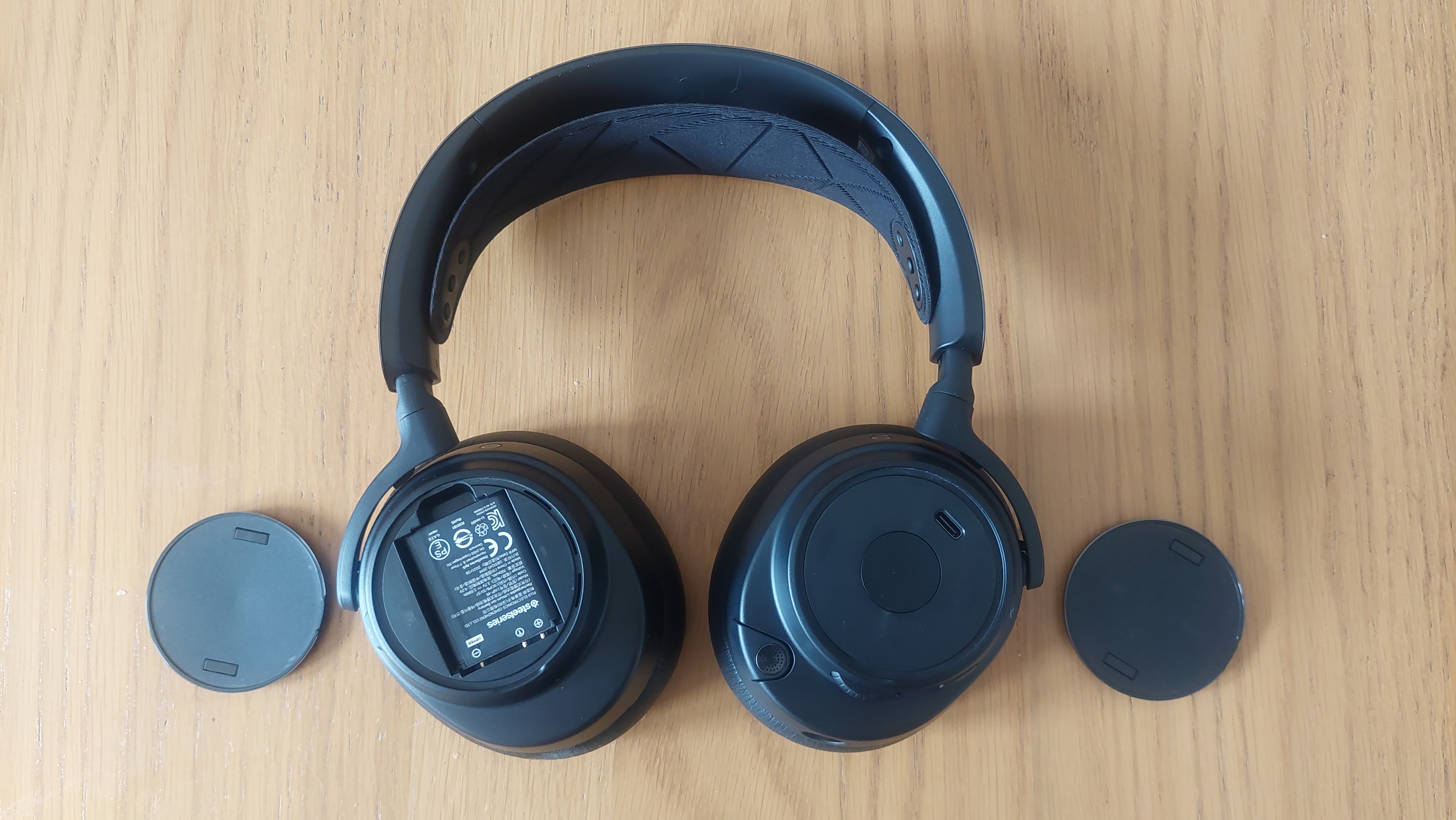
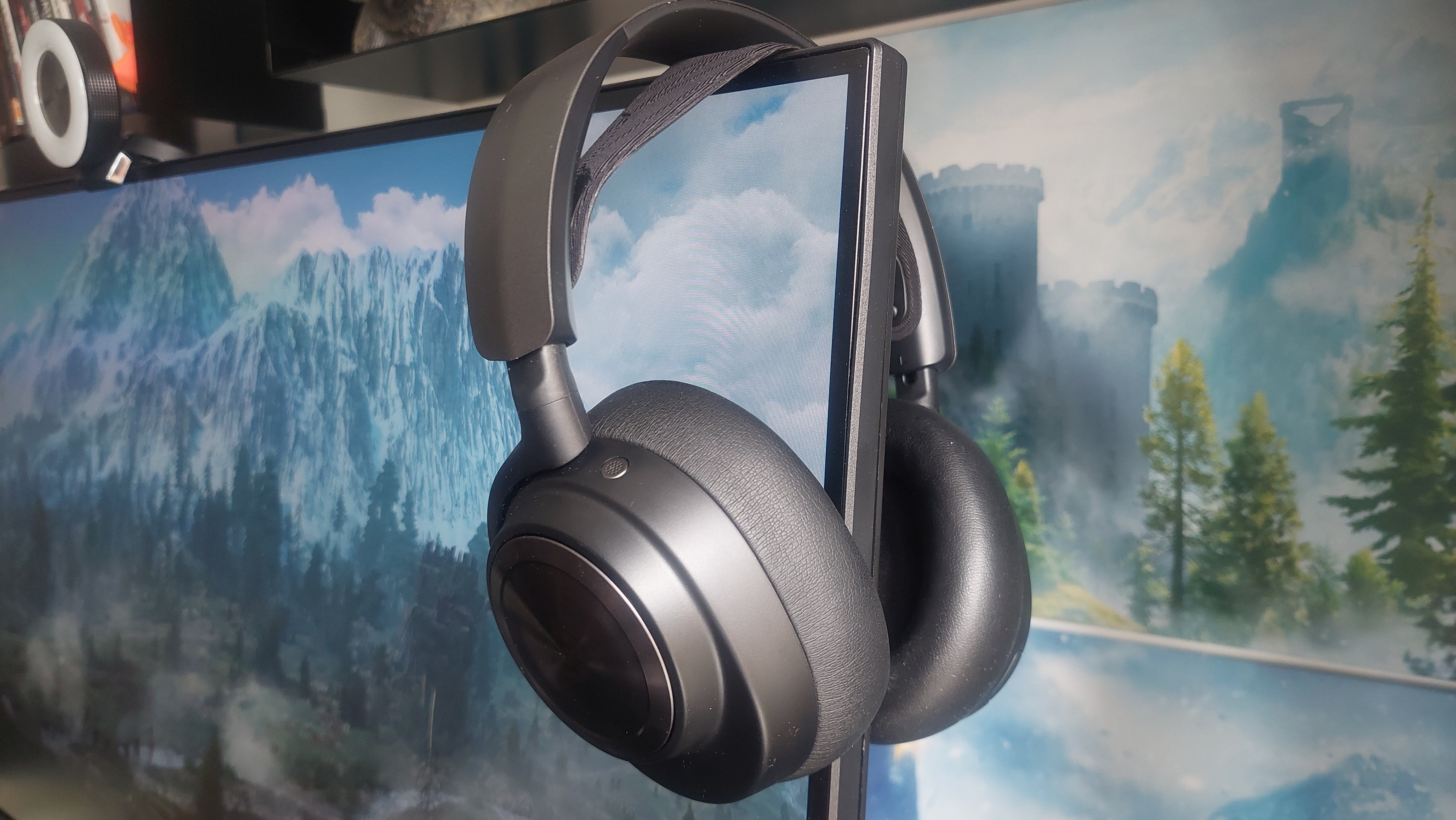
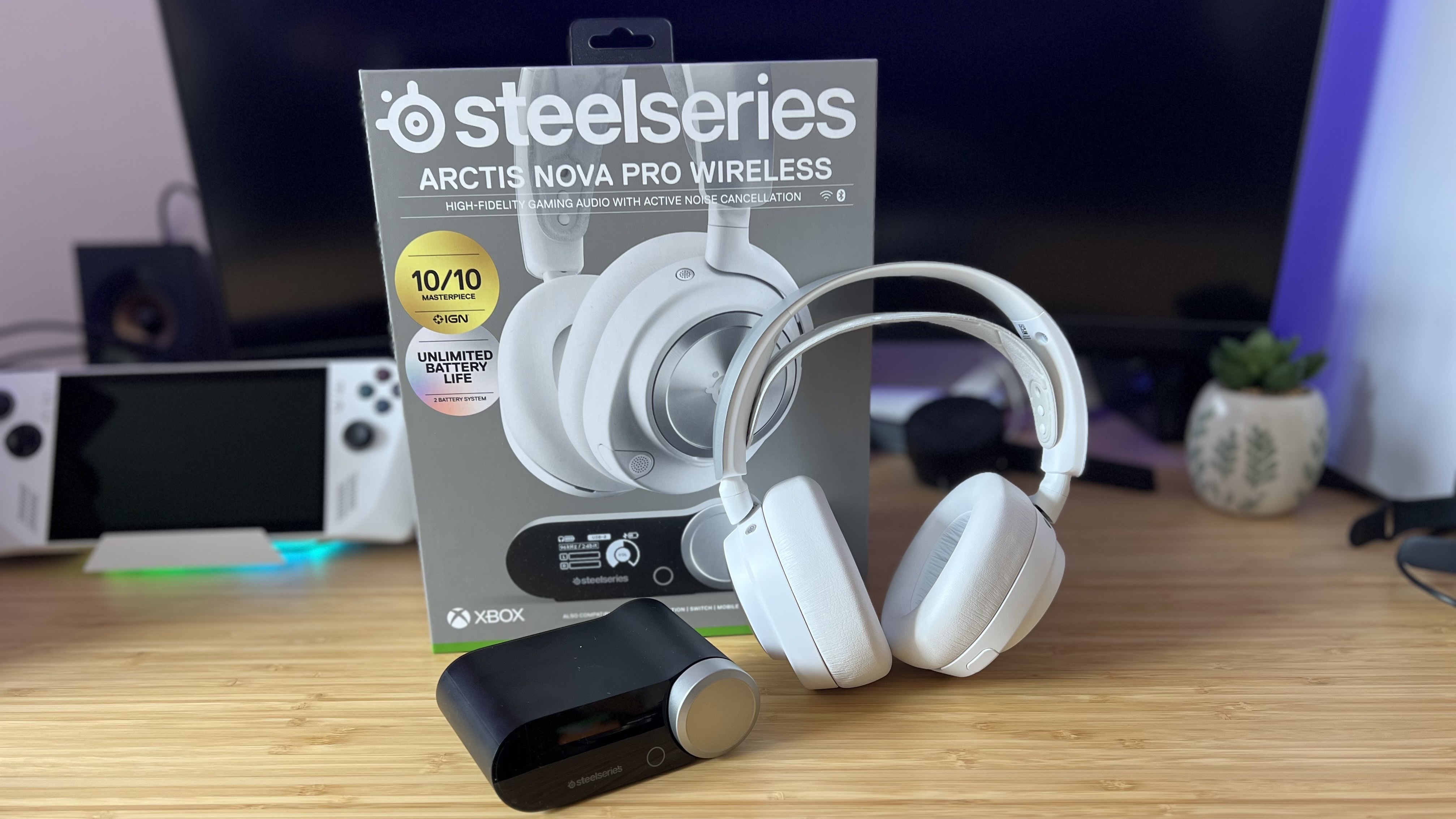
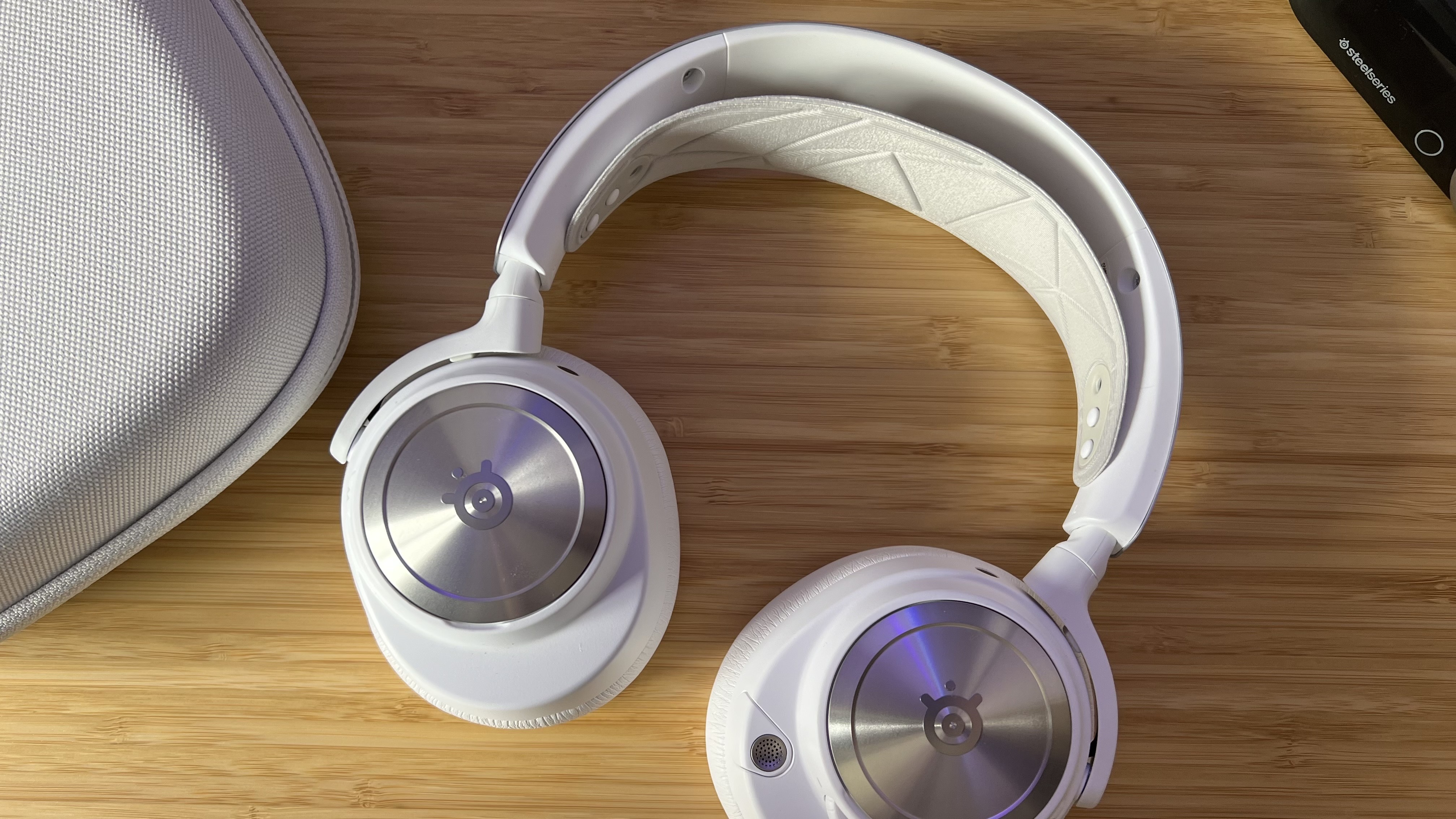
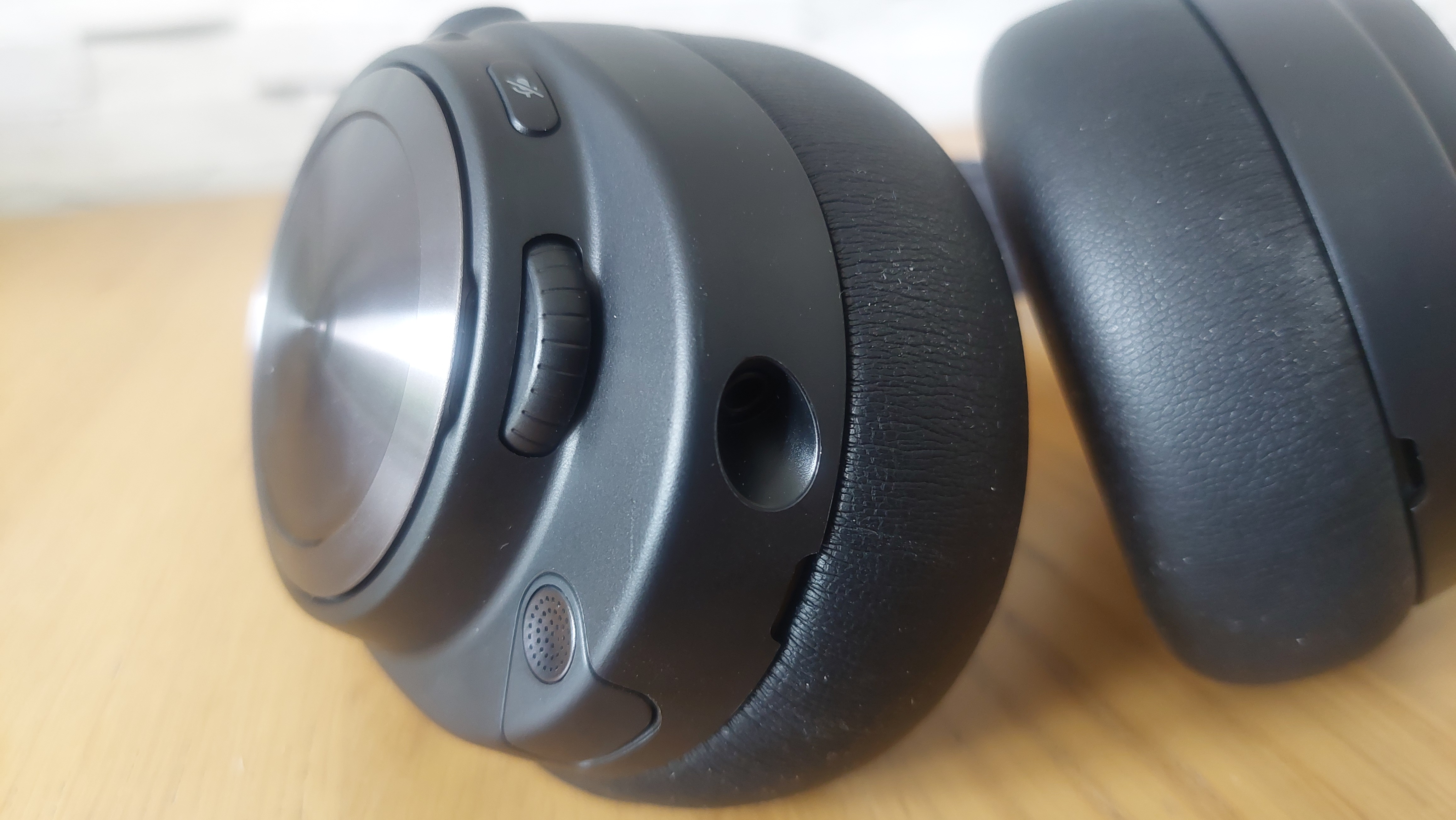
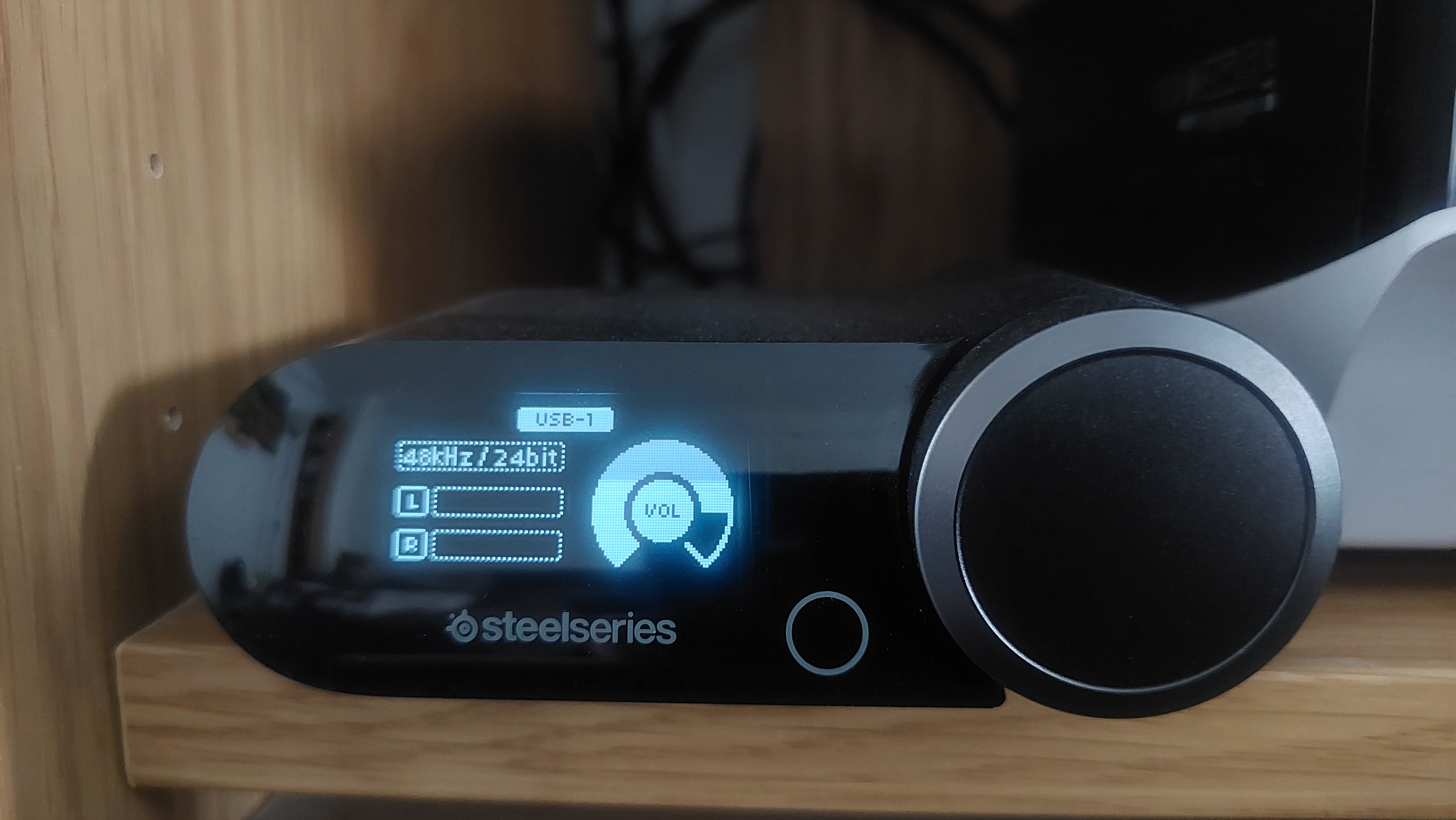
Specifications
Reasons to buy
Reasons to avoid
The SteelSeries Arctis Nova Pro Wireless is the best Xbox Series X headset on the market, provided you opt for the compatible model. Yes, it's a little more expensive than the PC or PS5 version but you're getting full multi-platform action with some of the best audio we've heard from Microsoft's console so far.
Throw in hot-swappable batteries, a dedicated EQ-spinning DAC hub, simultaneous 2.4GHz and Bluetooth, and a retractable mic hiding away and you've got yourself a super versatile, incredibly powerful set of cups. They support Dolby Atmos straight out the box, so the Xbox Series X sounds its absolute best, and they're also fully wireless with the system as well - something that can't be said for many gaming headsets.
It's the audio that keeps us coming back to the Nova Pro Wireless all these years later (Rob first reviewed the cups three years ago, but Rosalie and Tabs both still use them every day). There's a depth to this sound that I don't hear on other Xbox Series X headsets, with a power to the bass that gives plenty of body every explosion and soundtrack while never threatening to stomp over higher tones.
Who's breathing down SteelSeries' neck? The only headset I've had that beats the Nova Pro for sound quality is the Audeze Maxwell. This is your go-to for pure audiophile audio, but you're dropping a lot of the features that keep SteelSeries set in pride of place. The Maxwells need to be plugged in to recharge, whereas the Arctis Nova Pro Wireless has an "Infinity" system of swappable batteries so you never drop out. SteelSeries also wins in the microphone matchup here as well.
The Razer BlackShark V3 Pro packs a slightly harder punch in bass response, and matches SteelSeries' ANC and simultaneous 2.4GHz / Bluetooth audio, for slightly less cash. You'll still be plugging this device in, though, and EQ features aren't as easy to access.
That DAC hub also makes for easy switching between platforms and provides near instant access to EQ levels, a real unique feature in the space. The only other headset I've seen with this kind of setup is the Razer Kraken V4 Pro, and Sneki didn't deem it necessary to release an Xbox version (it's also $400). The Logitech Astro A50 X does have SteelSeries beat in its platform swapping thanks to its inbuilt KVM switcher, but also introduces its own issues in the process.
Read more: SteelSeries Arctis Nova Pro Wireless review
Comfort | 5/5 |
Audio | 5/5 |
Battery | 5/5 |
Microphone | 5/5 |
Versatility | 5/5 |
Build quality | 5/5 |
Should you buy the SteelSeries Arctis Nova Pro Wireless?
Buy it if:
- You swap between PC and Xbox
- You don't want to plug in to charge
- You want premium audio
- Simultaneous audio is a must
Don't buy it if:
- You don't want to tinker with EQ settings
SteelSeries Arctis Nova Pro Wireless vs the competition
Why you can trust GamesRadar+
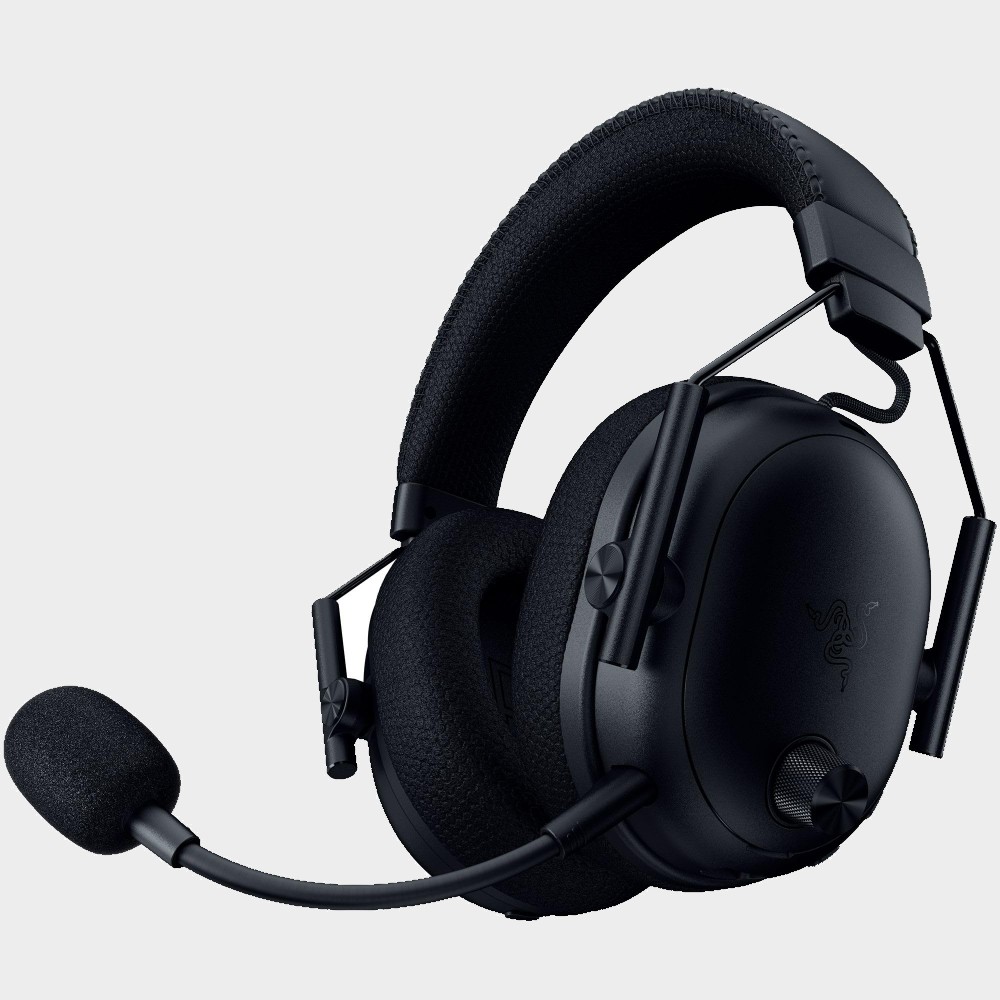
The Razer BlackShark V3 Pro might hit the audio heights of the SteelSeries Arctis Nova Pro Wireless (with more emphasis on the lower ranges) but it's only slightly cheaper and drops many of the core versatility features that makes the Nova so impressive. You're getting traditional battery charging, PC-based EQ settings, and a detachable rather than retractable microphone.
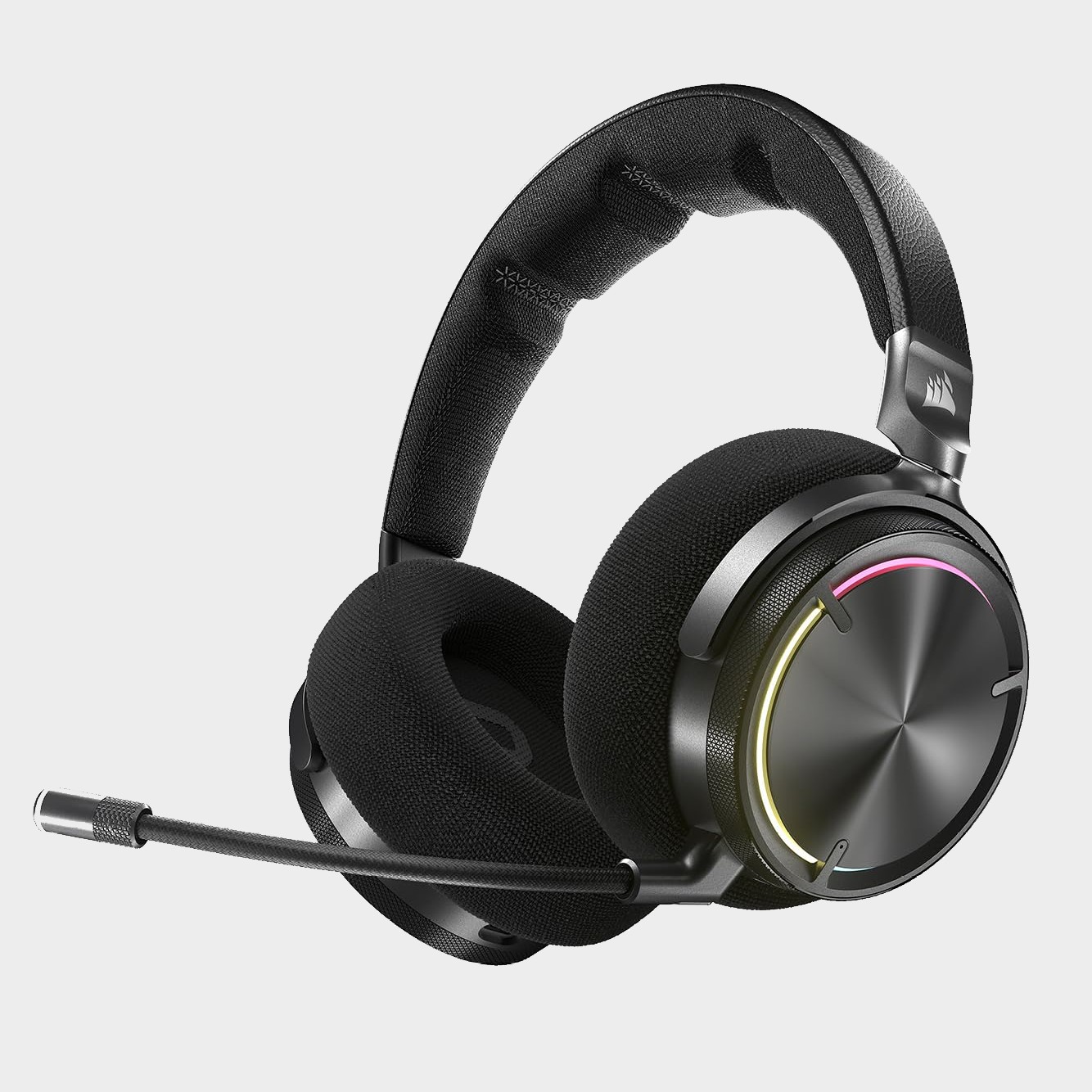
The Corsair Virtuoso Max benefits from larger 50mm drivers, a newer Bluetooth version, and a wider frequency range than the SteelSeries Arctis Nova Pro Wireless. However, the Nova reaches further into the lower ranges than the Virtuoso, includes an optional wired mode, and sits lighter on the head. Of course, there's also that hot-swappable battery system, easy EQ access, and multiplatform hub.
The best budget Xbox Series X headset
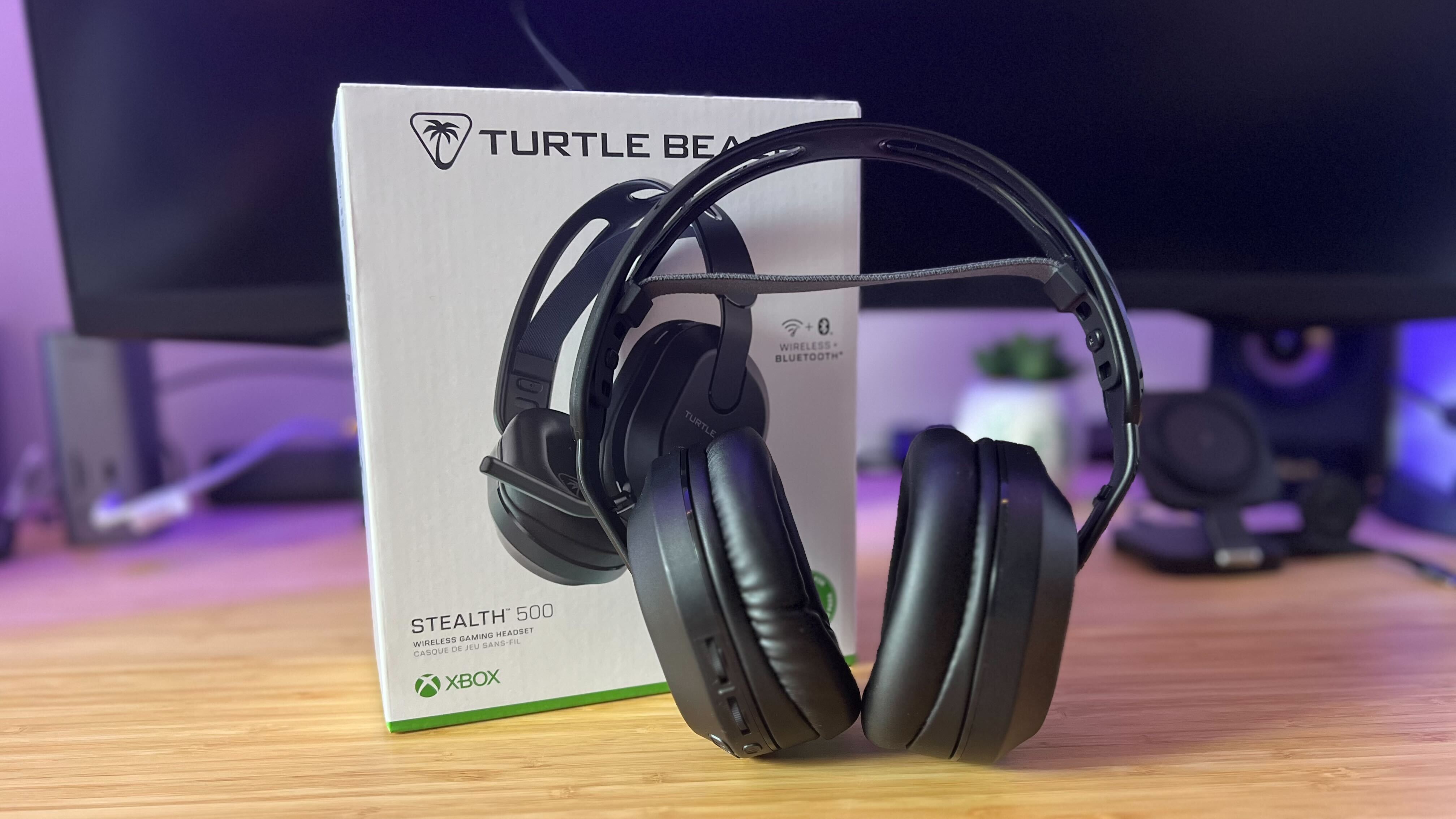
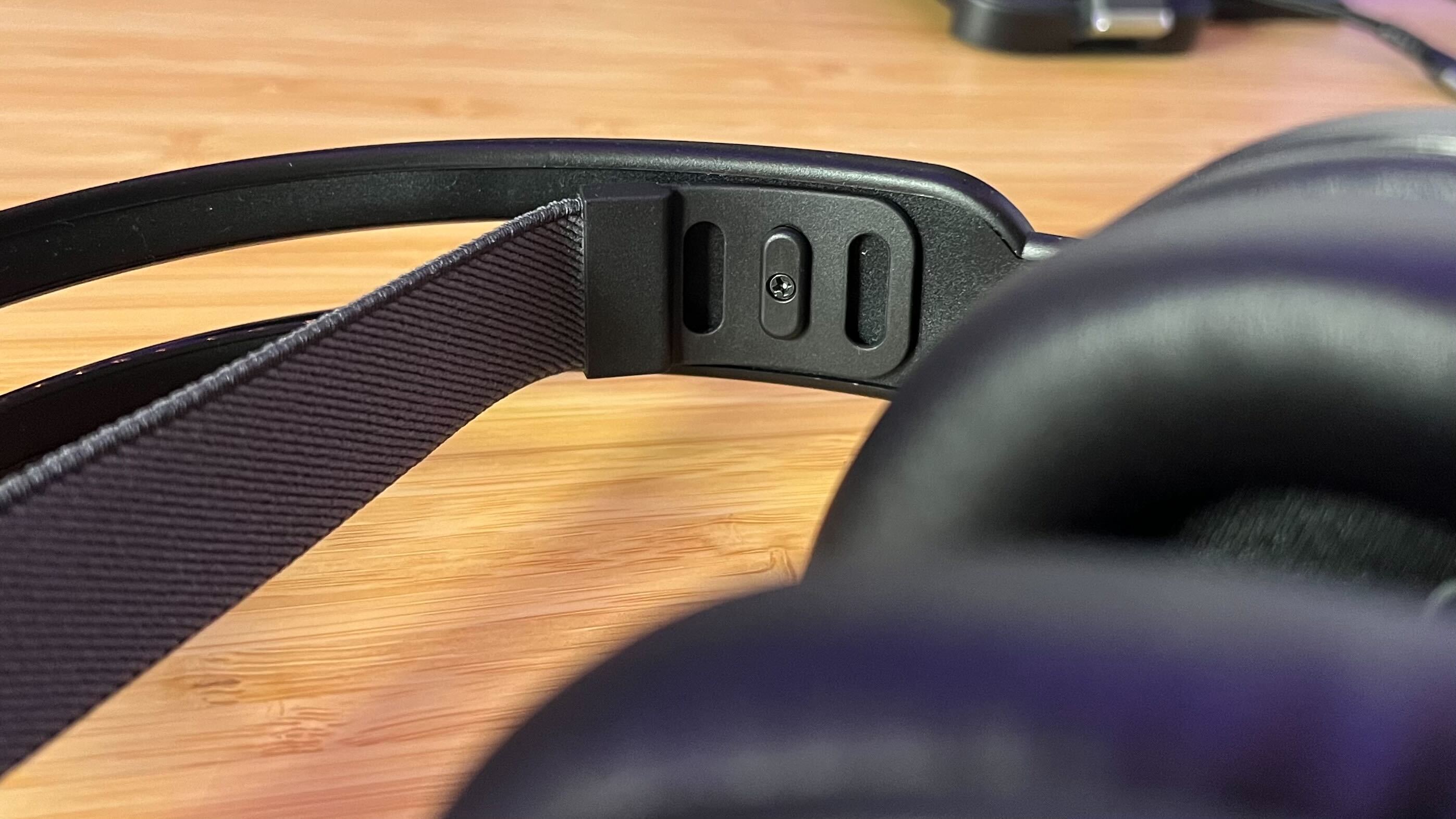
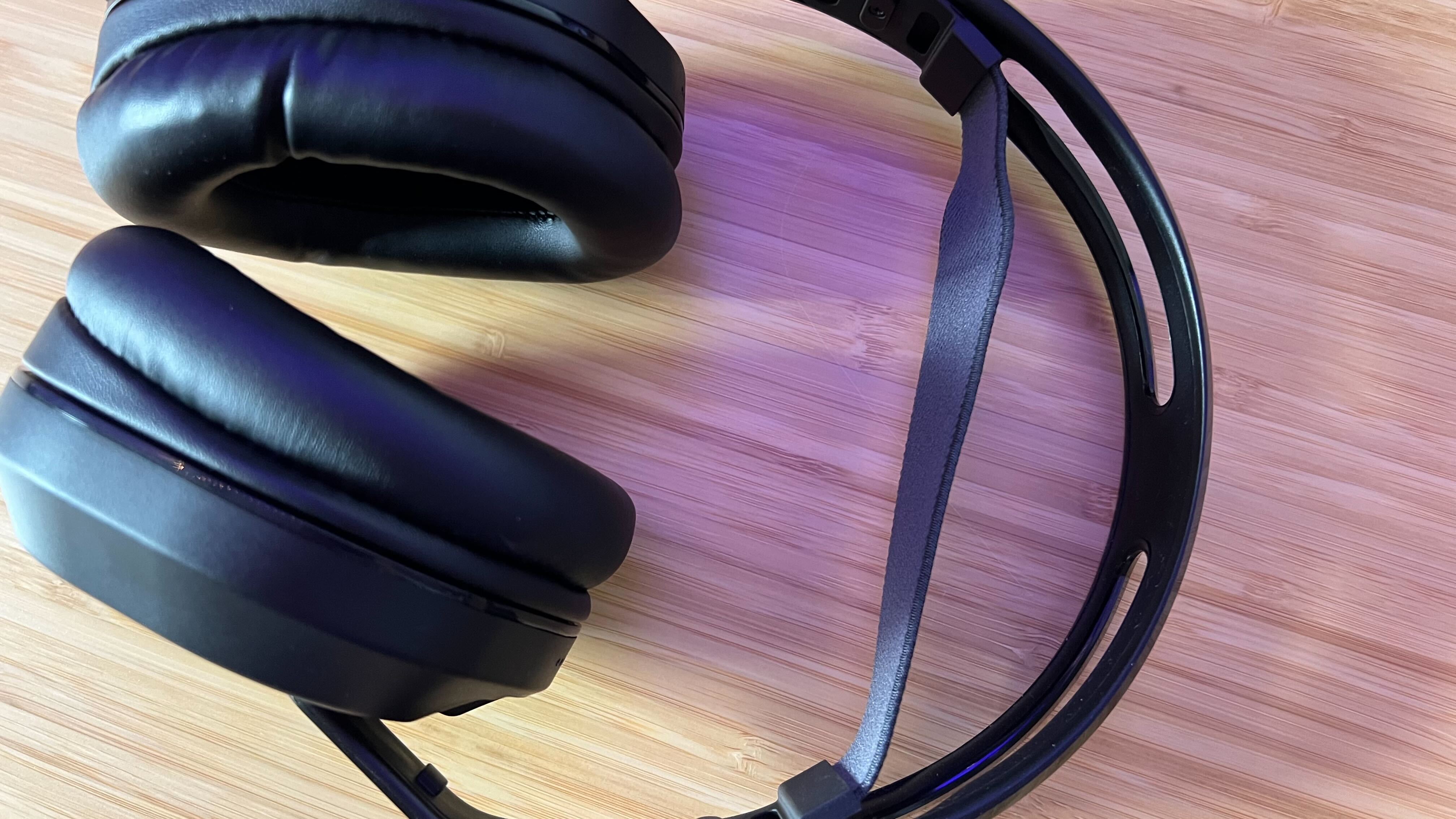
Specifications
Reasons to buy
Reasons to avoid
Tabs reviewed the Turtle Beach Stealth 500 when it was still $80 / £80. You can bet it wouldn't be on this list at that rate, but those numbers have been falling steadily since release last year. You're now more likely to find the brand's entry-level wireless Xbox Series X headset for between $50 and $65 - and that's budget territory, baby.
Of course, you're dropping the high-end audio quality, fancy charging features, and EQ features of more expensive headsets here. If you don't need all that added to your final price, though, the Stealth 500 is a must-see.
You're most often looking at wired options when keeping the price tag low, but the Turtle Beach Stealth 500 has been built for Xbox Series X wireless connectivity straight from the off. That's incredibly rare at this price point, Microsoft likes to gatekeep its wireless connections. Not only that, but you're getting both 2.4GHz and Bluetooth connections here - most budget headsets will opt for one or the other on the rare occasion they do go cordless.
Battery life matches that of the SteelSeries Arctis Nova 3X Wireless below at 40 hours, and the low 233g weight may feel a little cheaper in the hands but ensures comfort over longer sessions.
All that and this is still audio you'd have trouble faulting if you're after a powerful, bass-forward experience with plenty of energy between the cups. Like many cheaper Xbox Series X headsets, this lower range is a little forced, which means the mids can struggle to maintain clarity. That's about the only knock we noticed during testing, though.
Sure, the absolute cheapest Xbox Series X headsets will offer wired connections to keep those costs low - but you can still easily spend $50 on these tethered connections from other brands.
Read more: Turtle Beach Stealth 500 review
Comfort | 3/5 |
Audio | 4/5 |
Battery | 4/5 |
Microphone | 3/5 |
Versatility | 4/5 |
Build quality | 3/5 |
Should you buy the Turtle Beach Stealth 500?
Buy it if:
- It's on sale
- You still want a wireless connection
- You like a bass emphasis
Don't buy it if:
- You don't like leatherette
The best value Xbox Series X headset
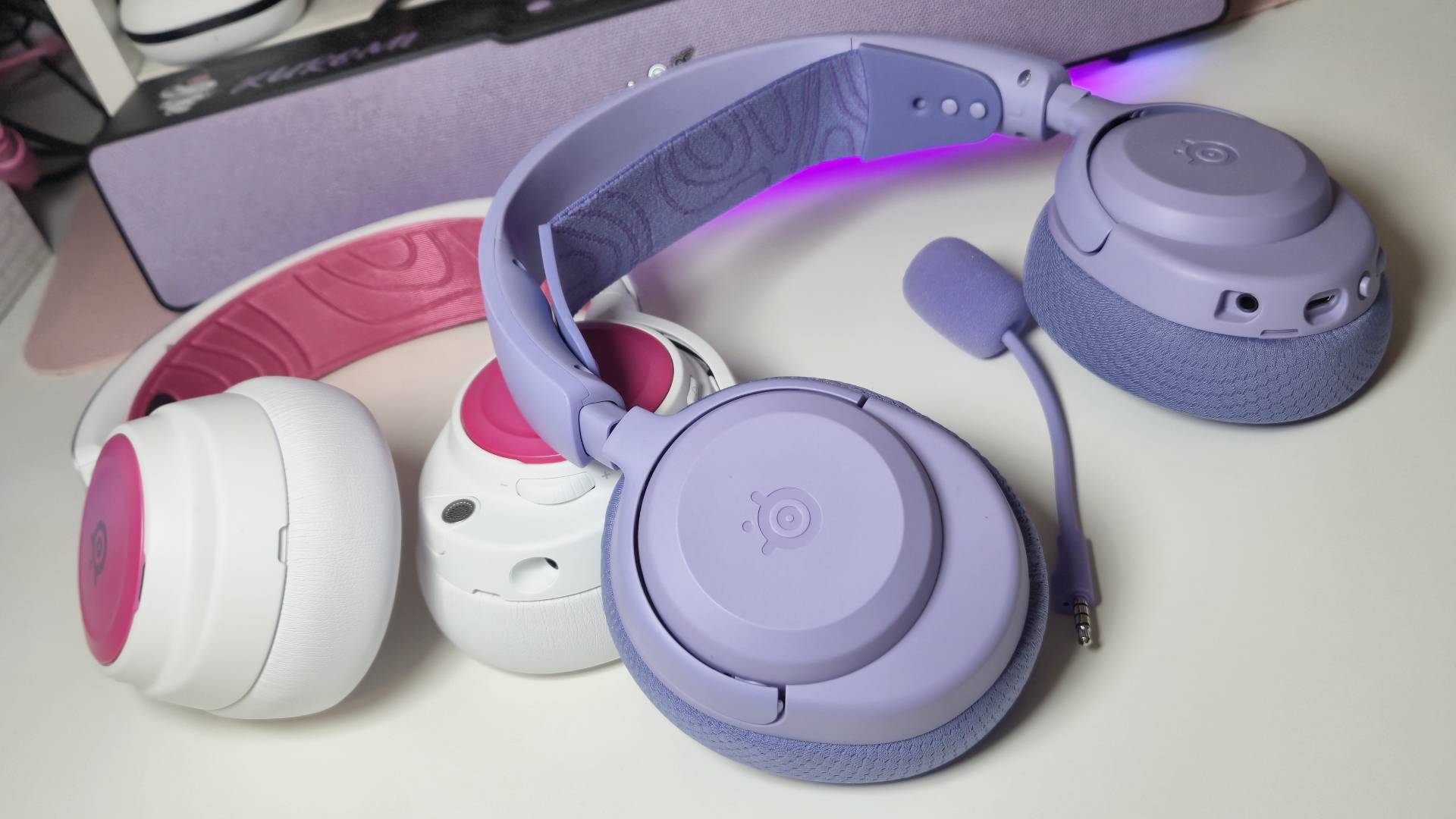
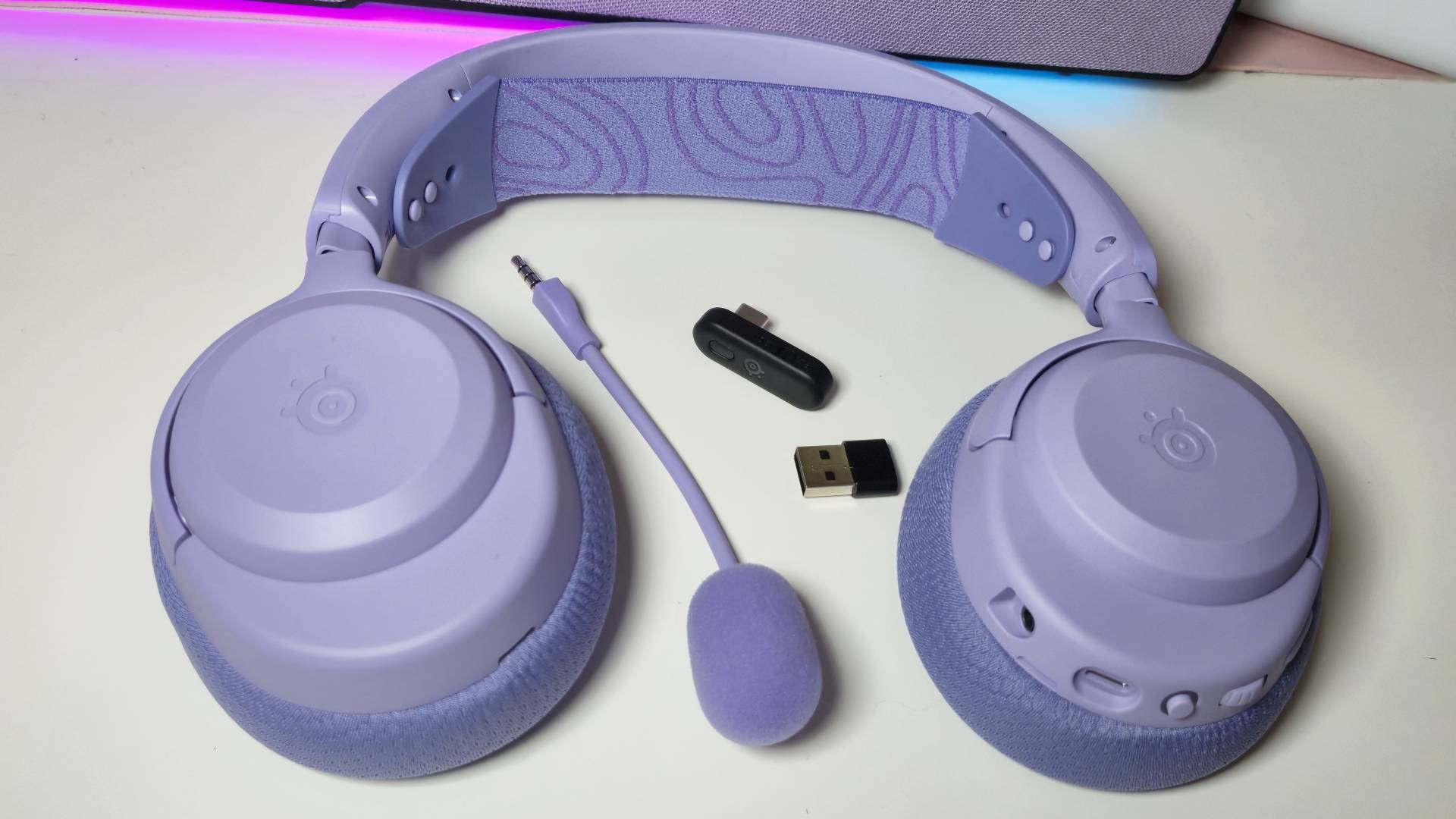
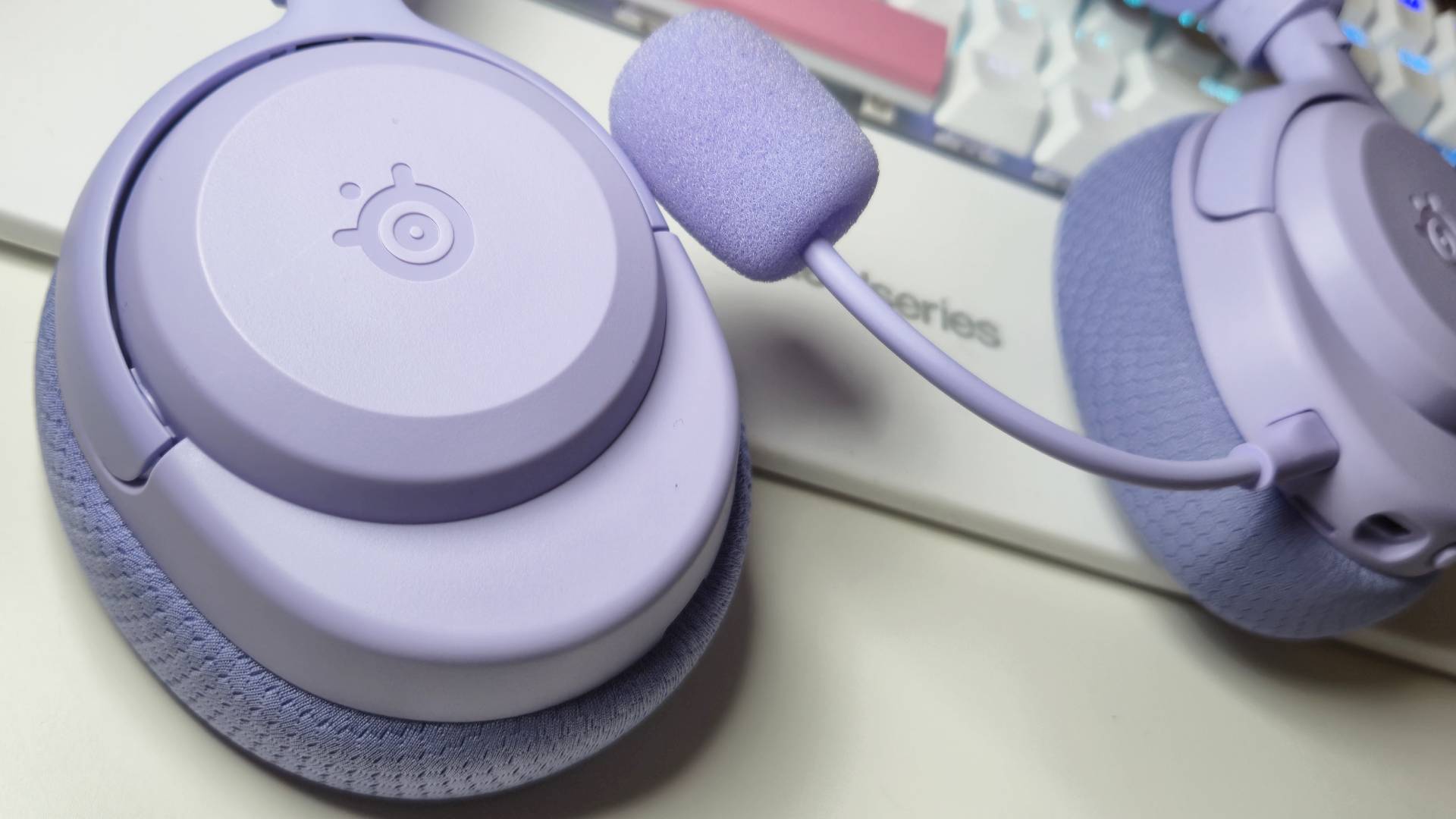
Specifications
Reasons to buy
Reasons to avoid
The SteelSeries Arctis Nova 3 Wireless is the cheapest set in the brand's Nova range, but still manages to pack a wireless connection, excellent audio, and all the EQ presets you could ask for. You're getting more for your cash than you will with other models here, packaging previously high-end features into a lower mid-range price point and sitting as the best Xbox Series X headset for sheer value as a result.
The Nova 3s are $40 cheaper than the SteelSeries Arctis Nova 5X Wireless, but offer the same premium audio quality and, crucially, that EQ app stocked full of dedicated game presets. Just a few years ago it was tough to find any Xbox Series X headsets even with generic presets, now we've got over 300 options ranging from Alan Wake 2 to Warhammer.
That, a wireless connection, 40 hour battery life, and pedigree SteelSeries audio, all for just a hair over $100 / £100? That's what you call value.
What's missing? Unlike the Pros at the top of this list, the Nova 3s don't offer simultaneous 2.4GHz and Bluetooth audio, though both are available separately. At this lower price point there are also no hot-swappable batteries or DAC hubs in play.
You're also dropping the audio depth with less reach into lower 10Hz frequency ranges. It's a noticeable sound difference in testing, the Pro really is worth the upgrade if you're going all in on audio quality.
Who else is in play? Well, the Turtle Beach Stealth 500 is a touch cheaper at $79.99 / £79.99, and offers many of the same features. The sound quality is pretty similar, though the Stealth suffers more from a clustered mid-range.
Where SteelSeries keeps its crown is in build quality, though. The Stealth 500s feel cheaper, whereas the Nova 3s can get away with only costing a little more while feeling far more premium.
Read more: SteelSeries Arctis 3X Wireless review
Comfort | 5/5 |
Audio | 4/5 |
Battery | 4/5 |
Microphone | 4/5 |
Versatility | 5/5 |
Build quality | 5/5 |
Should you buy the SteelSeries Arctis Nova 3X Wireless?
Buy it if:
- You want an affordable Xbox headset
- You want lots of audio presets
- You still need a wireless connection
Don't buy it if:
- You want the best sound quality possible
The best multiplatform Xbox Series X headset
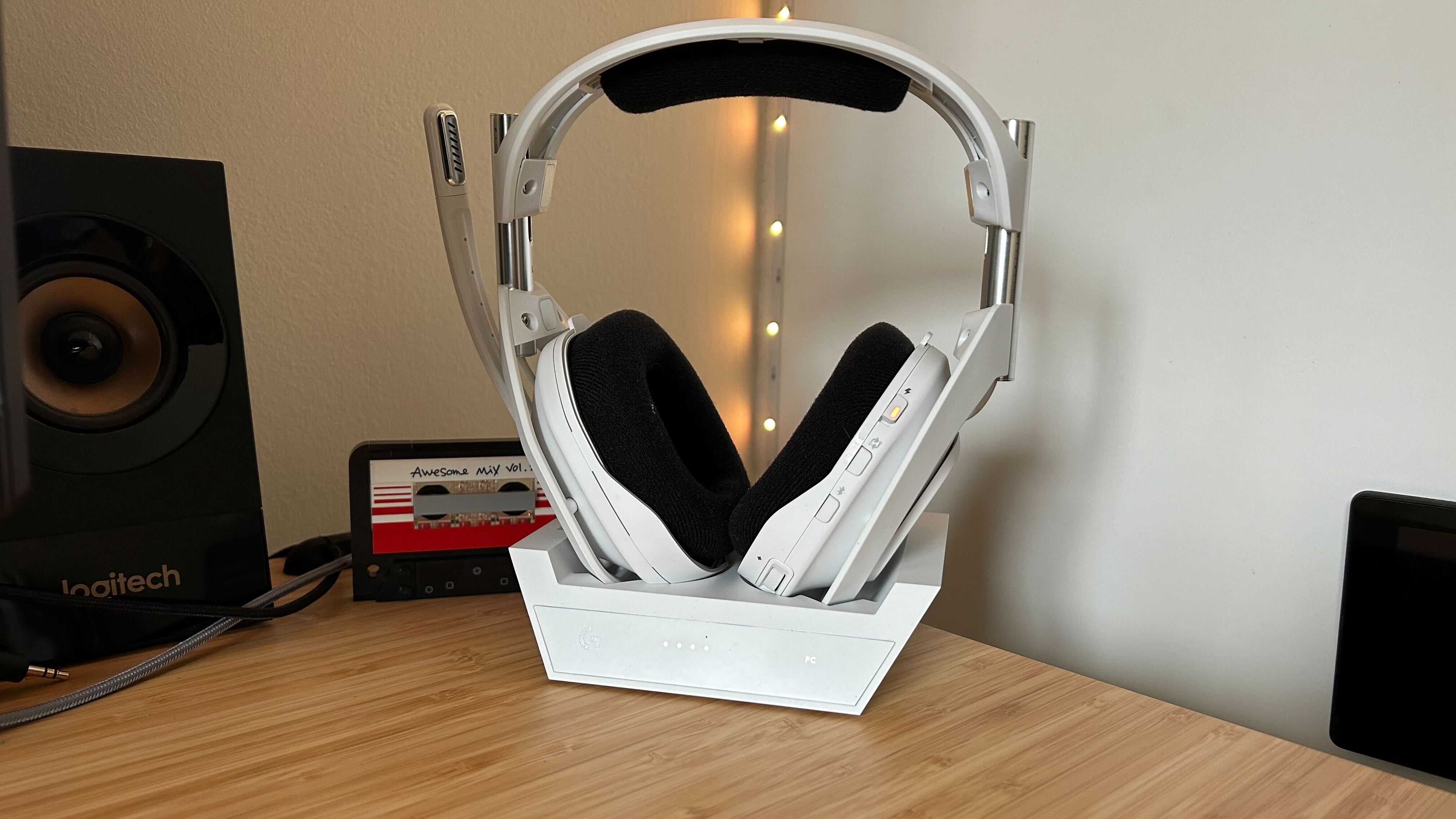
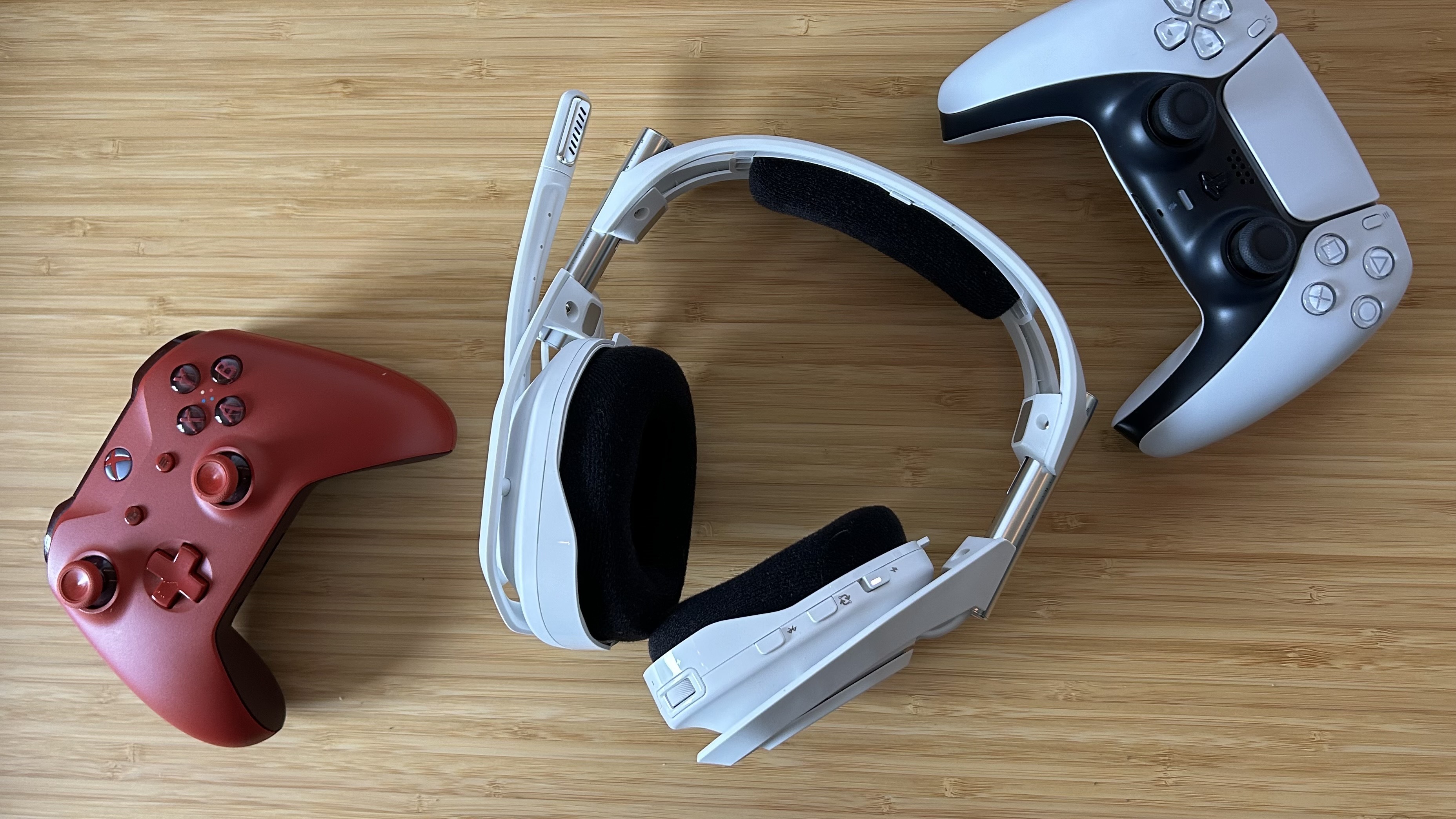
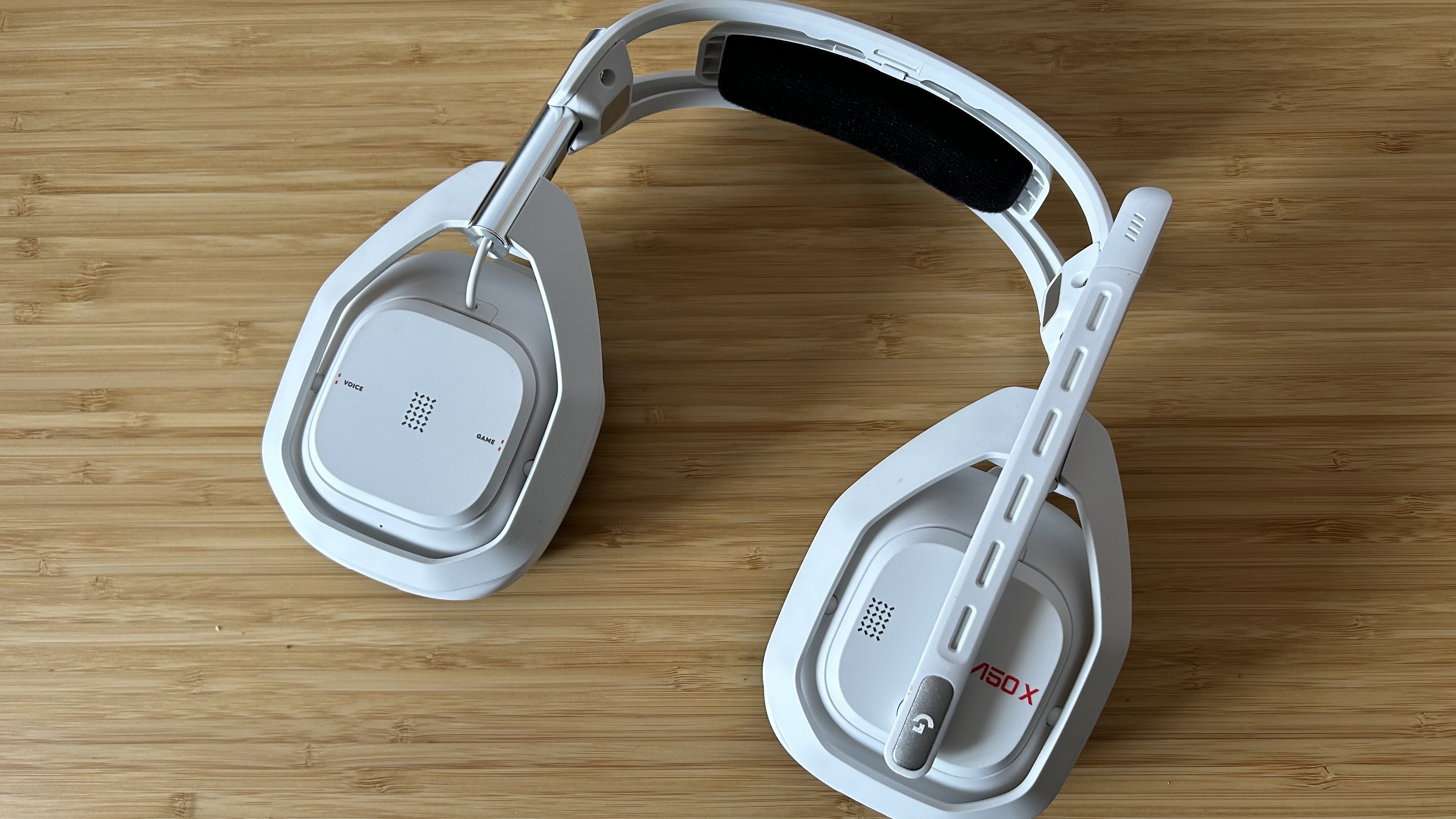
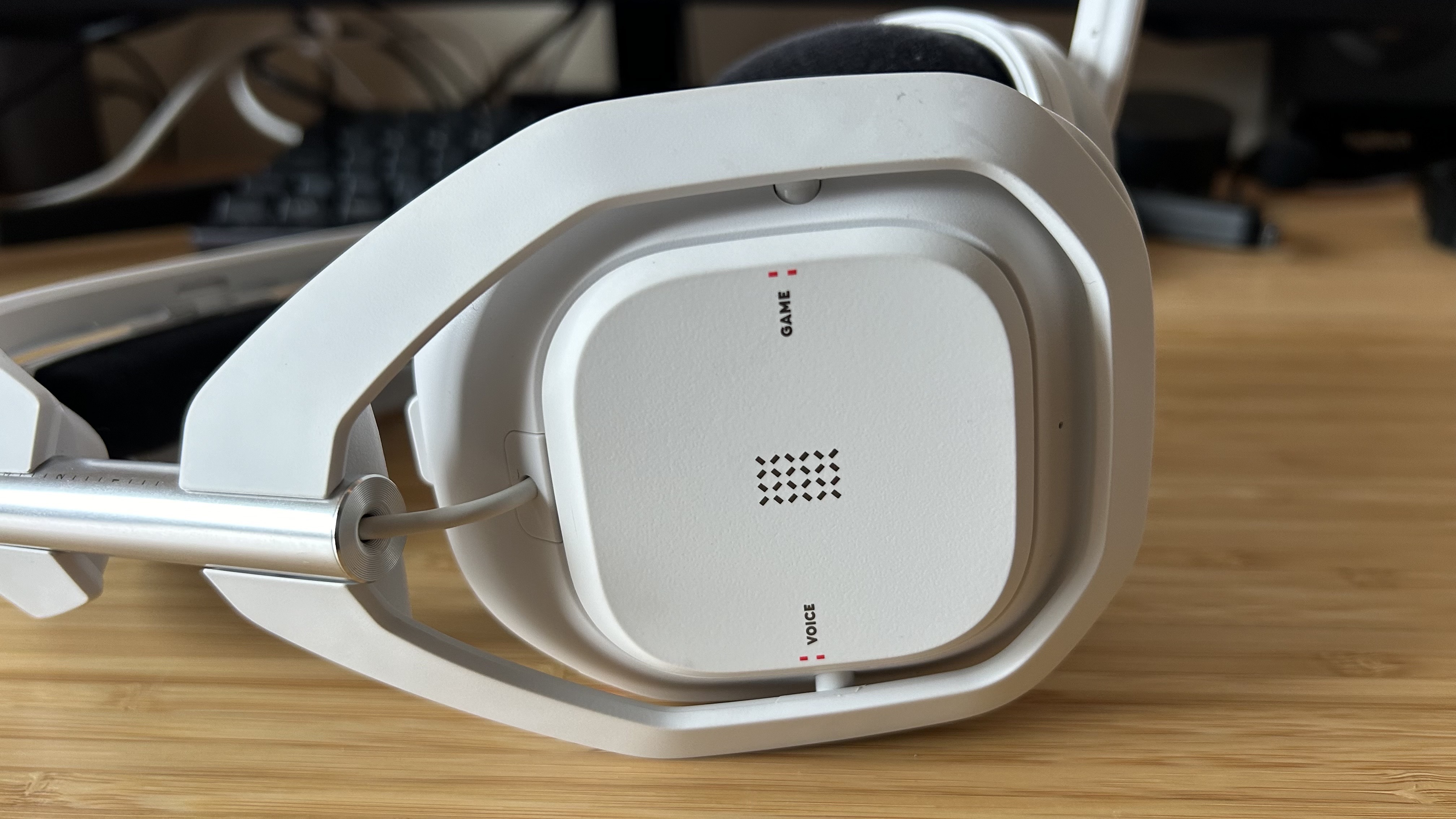
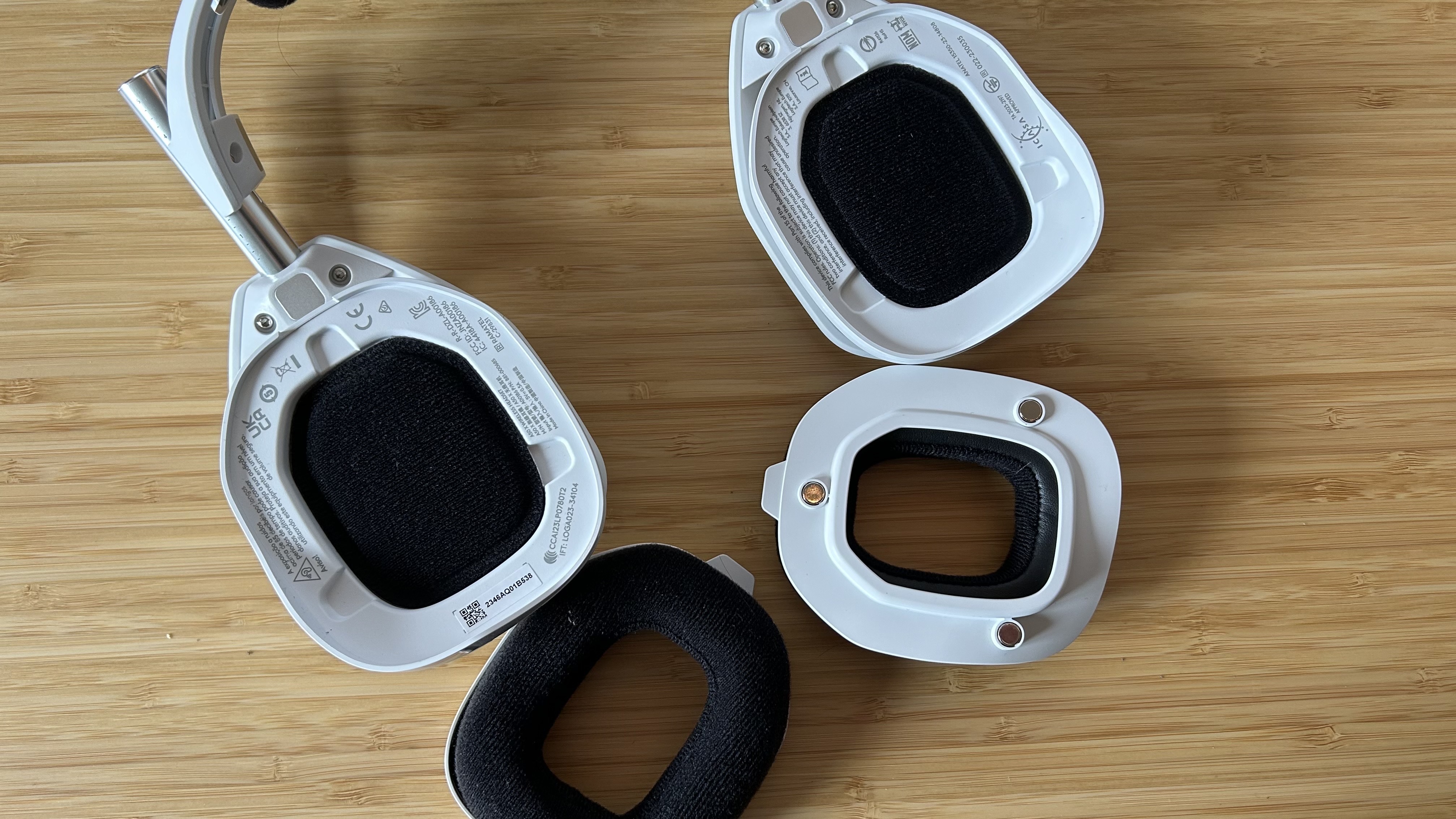
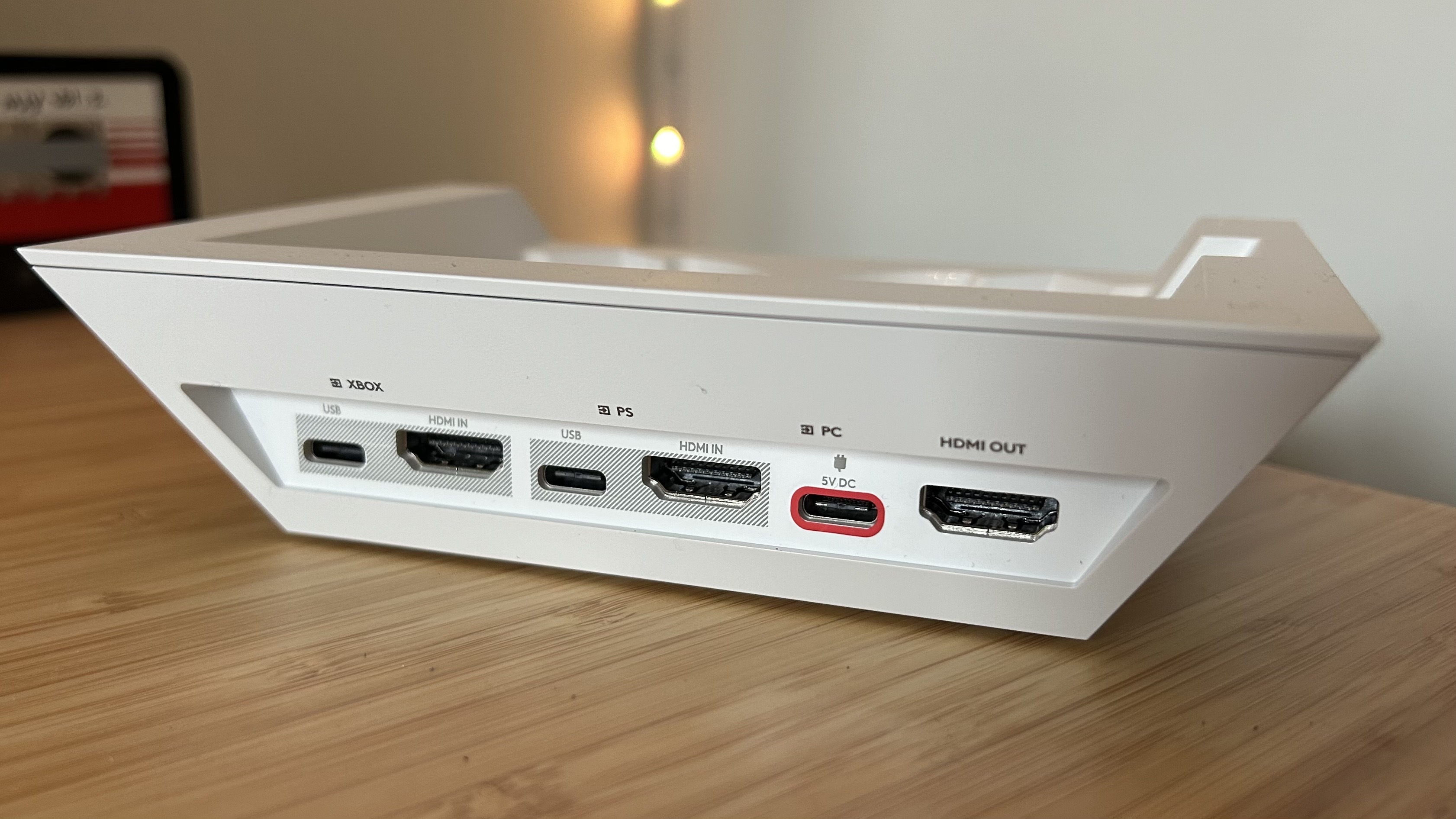
Specifications
Reasons to buy
Reasons to avoid
The one area where the SteelSeries Arctis Nova Pro Wireless falls slightly short of the competition? Multiplatform switching.
If you've got an Xbox Series X, PS5, and PC in one setup (or even a combination of two), and you regularly switch between them, you really should be looking at the Astro A50 X instead.
This is a premium Xbox Series X headset, starting life at a $399.99 / £349.99 MSRP. It has seen its fair share of discounts since release a couple of years ago, though, and is more likely to be found at between $300 and $330 these days. That still puts it a little higher than SteelSeries when the discounts kick in on both sides, but the extra investment will be well worth it for console hoppers.
The A50 X features a full KVM switcher built into its charging hub. That means you can swap not only your audio, but the video feed into your monitor, at the tap of a single button.
It's achieved with an HDMI connection method to the base hub. You'll need to make sure you've got some extra HDMI 2.1 cables, as they aren't provided in the box frustratingly. Once everything's hooked up, though, you've got master control over your monitor right on your noggin.
That would all be for nothing if the Astro A50 X didn't offer the audio to back itself up. Thankfully, 50mm graphene drivers produce a particularly natural soundstage that's not afraid to punch some power into the lower ranges when necessary. It's not quite as rich or textured as the audio you'll find in SteelSeries' iteration, though.
This really is the best Xbox Series X headset for multiplatform power users, but that's where the recommendation stops. If you don't have everything connected in one setup, investing in the Astro A50 X is likely to introduce more headaches than it's worth. Bluetooth, for example, is routed to the charging dock rather than the headset itself (unlike the Arctis Nova Pro Wireless).
That means you can only use this $400 headset when in the vicinity of your setup - no on-the-go Bluetooth use anywhere else in the house. If you have an Xbox Series X set up in one room and a PC in another, you'll have to unhook the entire cradle and bring it with you and, with all those HDMIs in tow, that's no easy feat.
Read more: Astro A50 X review
Comfort | 4/5 |
Audio | 5/5 |
Battery | 5/5 |
Microphone | 3/5 |
Versatility | 3/5 |
Build quality | 4/5 |
Should you buy the Astro A50 X?
Buy it if:
- You play different consoles in the same setup
- You only want a headset for home use
- You regularly swap between platforms
Don't buy it if:
- You want to play on the go
- You have different setups around the house
- You need ANC
How we test Xbox Series X headsets
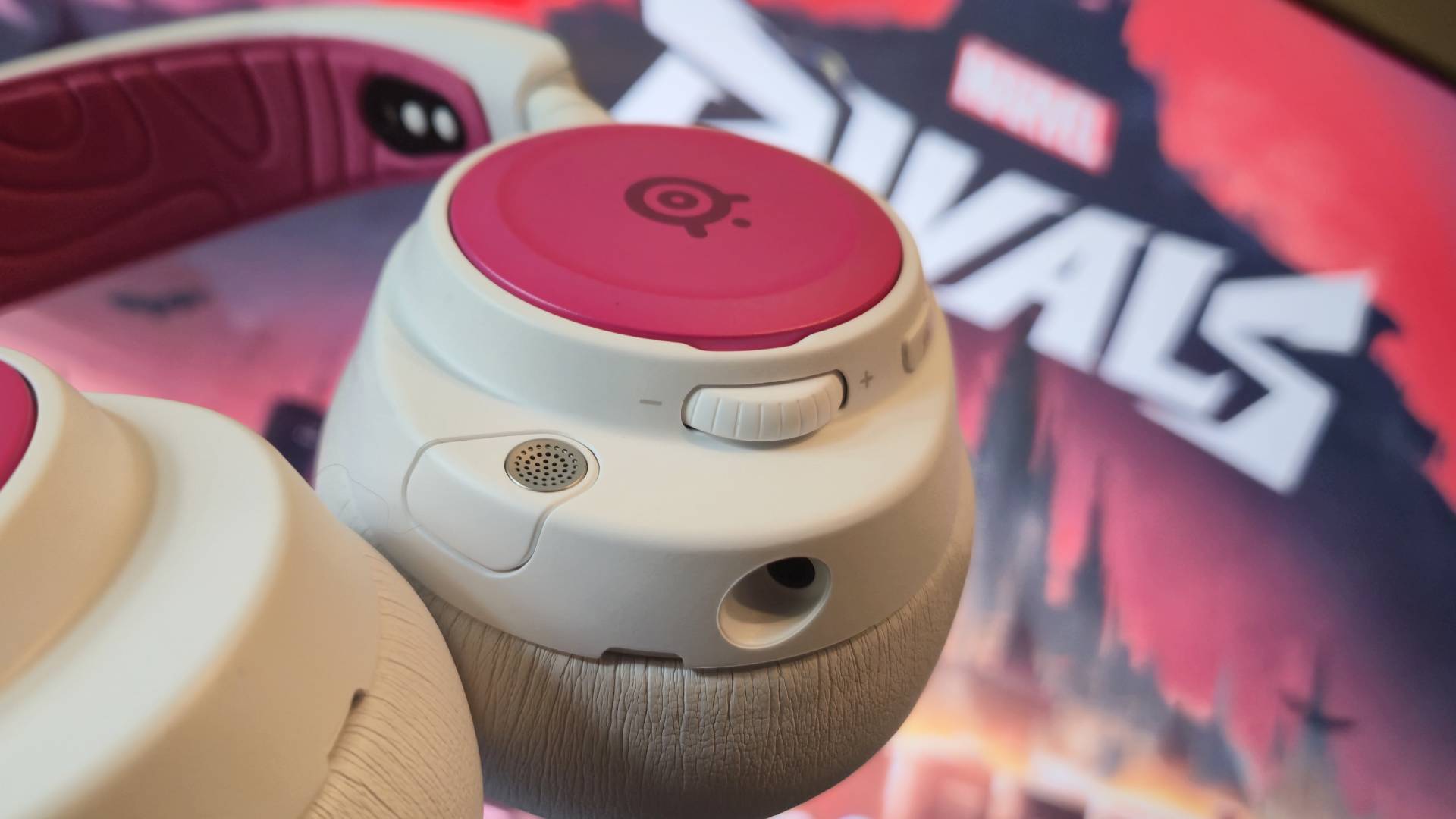
We live, work, and play with all the best Xbox Series X headsets we recommend for a minimum of two weeks at a time. Beyond that initial testing period, though, these cups remain in regular rosters, constantly being pitted against newer releases to ensure their quality and value endures beyond point of release.
Of course, the first thing that's going to immediately catch our eye is design. Design is subjective, but there are commonalities, such as shape, build, and aesthetic that can be measured across all Xbox Series X headsets. Beyond aesthetics, weight, and balance, though, we're constantly looking out for signs that wear and tear might be more of a cause of concern. These longer-term durability checks primarily take place around the hinges, the join of each cushion cover, and the headband itself as these are the most common failure points.
There's no point having a great Xbox Series X headset if it's horrific to wear. That's why after checking the build quality, we're running through comfort tests across long sessions, and testing all possible adjustment options across both the cups and headband. When testing for comfort we take note of temperatures inside the cups, how much padding is on each side, and the adjustability of both the headband and the amount of swivel of the cups. We also take into consideration the overall weight of the headset, including in conjunction with the size of the cups.
Now that we know how an Xbox Series X headset is put together we're looking at the features it brings to the table. Each headset is tested across all connection methods, be it 2.4GHz, Bluetooth, 3.5mm and USB, with battery life measured in all applicable modes (and with RGB lighting on and off). We test receiver distances, latency, and any simultaneous audio features during everyday play, but use specific games for more competitive endeavours, usually Apex Legends.
We fully engage with all software features, creating, saving, and swapping between custom EQ presets and exploring all available pre-made options. We're noting how accurate these equalizers are, how many bands of control are available, and how the drivers respond to the additional tuning. We're also keeping a watchful eye over exactly how much tweaking is required straight out the box.
All microphones are tested in-game and on regular meetings. A mic is tested in Fortnite and Marvel Rivals, in both out-the-box settings and with any software customizations available. We're looking for clarity, response, detailing, depth, and reliability, but it also needs to be easy to store, retrieve, and mute.

Audio is the big'un, and the most subjective part of hunting down the best Xbox Series X headsets. We use a single roster of games to evaluate different aspects of each device's sound profile, keeping these games the same between headsets allows us a more objective understanding of each model's strengths and weaknesses.
Marvel Rivals and CS2 are used to test directional accuracy and the strength of soundstage imaging. Meanwhile, Doom Eternal is used to test the depth and richness of a soundstage while also balancing more complex layers. Dead by Daylight is used to decipher how a headset copes with a more atmospheric soundscape, and how and where it places voice chat within it.
Our game choices can also differ depending on access from any given reviewer, which can include both older and new releases. Listening to how a headset copes with a brand-new game can be pivotal to the overall reviewing process.
Once an Xbox Series X headset has been through the full roster of tests, it is scored based on comfort, audio, battery, microphone, versatility, and build quality. This is a five-point rating that determines a headset's fit for this guide. For more information on how we test gaming headsets, check out the full GamesRadar+ Hardware Policy.
Also tested
Logitech G522 Lightspeed | Available at Amazon
The G522 Lightspeed wireless headset is not compatible with the Xbox Series X, which is why it hasn't earned a spot on this list. The $159.99 / £139.99 pair of cups is better suited to PC and PS5 players, and is equipped with wired, Bluetooth 5.2 & 2.4GHz wireless support, 40mm PRO-G Drivers, an omnidirectional detachable mic with 70Hz-20kHz frequency response, and audio and RGB lighting customization via the G Hub app and software. If an Xbox version is ever on the cards, it's great sound and levels of customization would likely earn it a spot amongst the rest of the best Xbox Series X headsets.
Logitech G522 Lightspeed wireless headset review
Corsair Void Wireless V2 | Available at Amazon
At $119.99 / £99.99 the Corsair Void wireless V2 headset manages to pack in custom 50mm Neodymium drivers, a great-sounding microphone, and two strips of customizable RGB lighting. However, this great sounding (and looking) pair of cups is not compatible with the Xbox Series X, and so doesn't qualify for a part on this list. With that in mind, the Corsair HS35 is still a more viable option if you're looking for a Corsair-branded headset for your Xbox console without breaking the bank.
Corsair Void Wireless V2 review
Turtle Beach Stealth 700 Gen 3 | Available at AmazonThe Stealth 700 Gen 3 is specifically designed with Xbox consoles in mind and comes as the latest addition to the Stealth headset line. This third-generation pair of cups is pricier than its mid-range rivals, coming in at $199.99 / £179.99, and is loaded up with premium features from up to 80 hours of battery life to some of the best-sounding audio found in a headset thanks to its 60mm dual eclipse audio drivers. However, it's more expensive than its mid-range rivals and doesn't quite live up to the comfort and design set by some of the best Xbox Series X alternatives like the SteelSeries Arctis Nova 5X.
Asus ROG Delta II | Available at Amazon
The Asus ROG Delta II headset introduces a lot of modern enhancements to the Delta headline line, most notably the mid-range set of cups can simultaneously connect to consoles via Bluetooth and 2.4Ghz, however, this isn't compatible with the Xbox Series X. At $229 / £219, while an impressive piece of tech, it can only be hooked up to the Xbox console through a wired connection, making it one to miss if you purely play games on Microsoft's current-gen console.
Razer Barracuda X Chroma | Available at Amazon
The Razer Barracuda X Chroma (2024) introduces RGB lighting to the Barracuda lineup for the first time and still manages to uphold the sound and build quality that the previous headsets established. The multi-platform excellence providing an easy switch between Bluetooth and 2.4GHz wireless connections is still on full display, but this flashy add-on comes second to the audio and high-quality mic excellence of the SteelSeries Arctis Nova 5X, despite their similar price points.
Turtle Beach Stealth 500 | Available at Amazon
The Turtle Beach Stealth 500 offers up solid value for money when taken away from the rest of the market. However, for just $20 more, the Stealth 600's feature set makes it a far more impressive device.
Turtle Beach Atlas Air | Available at Amazon
The fantastic open back Turtle Beach Atlas Air does work with the Xbox Series X, but only when wired. That means you're spending some considerable cash on features you won't be using if you only stick to Microsoft's console.
Turtle Beach Stealth 600 Gen 3 | Available at Amazon
At $99 / £99, the Turtle Beach Stealth 600 Gen 3 is a well-valued headset - but considering it's just $30 / £30 away from the SteelSeries Arctis Nova 5X and doesn't offer the same preset features for console, it's not the best value on the market. It's also more expensive than the Corsair HS35, which is our top budget pick.
Corsair Virtuoso Pro | Available at Amazon
The Corsair Virtuoso Pro runs off a 3.5mm connection so you'll be able to easily connect via your controller. However, its open-back design means this isn't a headset you'll want to use in a busier space - and having to switch between different wires for a microphone gets old quickly.
Turtle Beach Stealth Pro | Available at Amazon
The Turtle Beach Stealth Pro is a fantastic multi-platform headset, with excellent noise cancellation, a wireless hub that doubles as a source switcher and battery charger, and fantastic audio. However, it lacks the KVM switching and clear graphene drivers of the Astro A50 X (though it comes in around $100 / £100 less).
How to choose the best Xbox Series X headset
Of course, even the SteelSeries Arctis Nova Pro Wireless isn't going to be the best Xbox Series X headset for absolutely everybody. After all, those extra features come with a cost. If you're looking to get the best value possible, it's important to outline exactly what you need from your headset, and which features you can drop.
One of the easiest ways to cut out half the market is to look at your connection. If you don't need a wireless device then there's no point in paying for one. Those prices drop dramatically once batteries and 2.4GHz tech is taken out of the equation, which often means you can devote more of your budget to the quality of your audio or microphone. However, if you want to use your headset with a third party controller, on mobile, or while out and about, you'll need to go cord-free.
After that it's time to consider your play habits. Do you only play single player titles? Look for something with a more generous soundstage and a detachable microphone. Regularly play online with chat? Make sure you're investing in a good surround system and a clear noise cancelling microphone. Do you play in a busy household or want to take your headset on journeys? Double checking the noise isolating seal or - better yet - picking up a headset with active noise cancellation is going to be particularly important.
Xbox Series X headsets FAQ
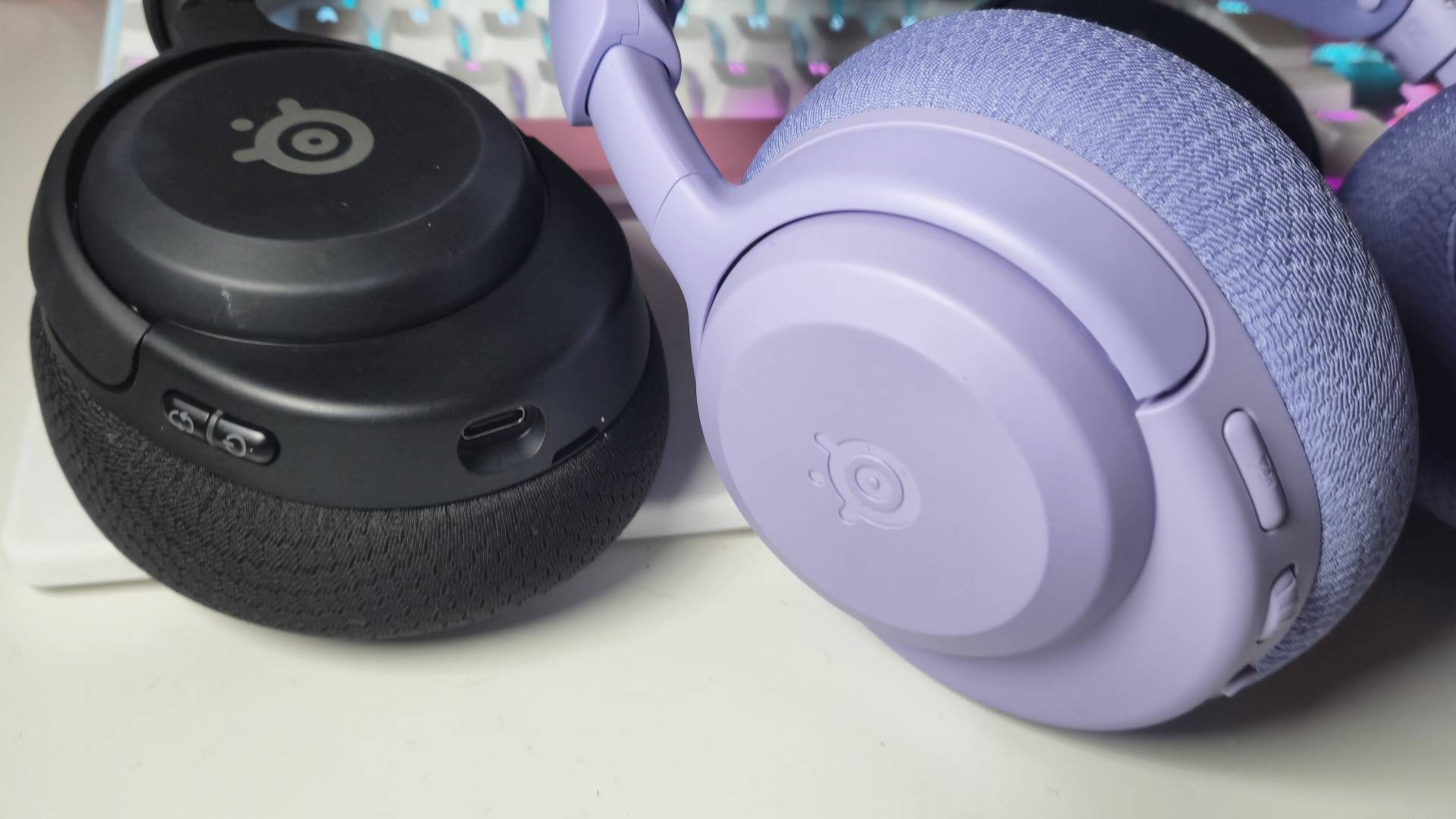
What is the best Xbox Series X headset?
After all our testing, the best Xbox Series X headset remains the SteelSeries Arctis Nova Pro Wireless.
Do Xbox One headsets work on Series X?
The great, short answer here is an emphatic 'yes'! This was one of the first things confirmed before the launch of the current-gen consoles, and was a joy to hear as that mean that every peripheral owned by Xbox One players could just be seamlessly transferred over to the Series X or Series S console.
While this does mean that your older Xbox One headset will work beautifully on the new console, we still recommend perusing our best Xbox Series X headset guide, as some of the newer entries represent genuine audio upgrades from the older sets and can take your gaming enjoyment to another level.
Which wireless headsets work on Xbox Series X?
There are a bunch of cord-free entrants in our best Xbox Series X headset list, but it's not as easy to find untethered options as it is for other platforms. That's because Microsoft's console uses a proprietary wireless technology that just doesn't play nice with other devices. Thankfully, many brands release Xbox versions of their latest headsets to make sure everyone is well catered for.
The best example of this is the SteelSeries Arctis Nova Pro Wireless. While we reviewed the PlayStation version, you can find an Xbox alternative up for grabs. The Razer Kaira line also offers wireless Xbox support, as does the Turtle Beach Stealth range.
If you're outside Microsoft's camp, we're also rounding up all the best PS5 headsets on the market, as well as the best PC headsets and best Nintendo Switch headsets to boot.
Weekly digests, tales from the communities you love, and more

Ever since I first held a NES controller in my hand I've been obsessed with gaming, and the hardware it runs on. I could hook up a NES and SNES to a telly, without instructions, before I could walk. Even now, nothing is more exciting then taking a console, or handheld, out the box for the first time and setting it up. This obsession transformed into a love of games and game music, which lead to my music degree and dream of becoming the Scottish Nobuo Uematsu. After sharing my love of games through music, I began to share my love through words on sites like TechRadar and iMore. This lead to becoming a Hardware staff writer for PCGamesN, and later the Senior Tech Writer for Dexerto, covering all things Steam Deck, PlayStation and Nintendo. With that experience, I was able to level up as Hardware Editor for GamesRadar+, where I'm still just as Nintendo, PlayStation and gaming tech obsessed as ever.
- Tabitha BakerManaging Editor - Hardware
